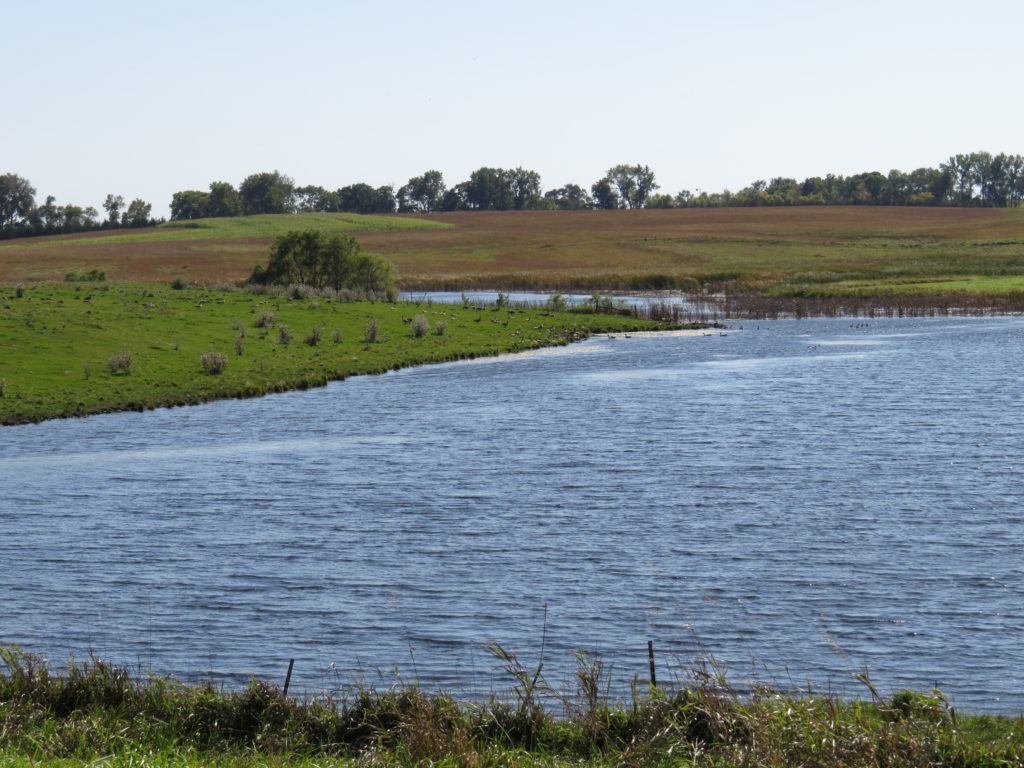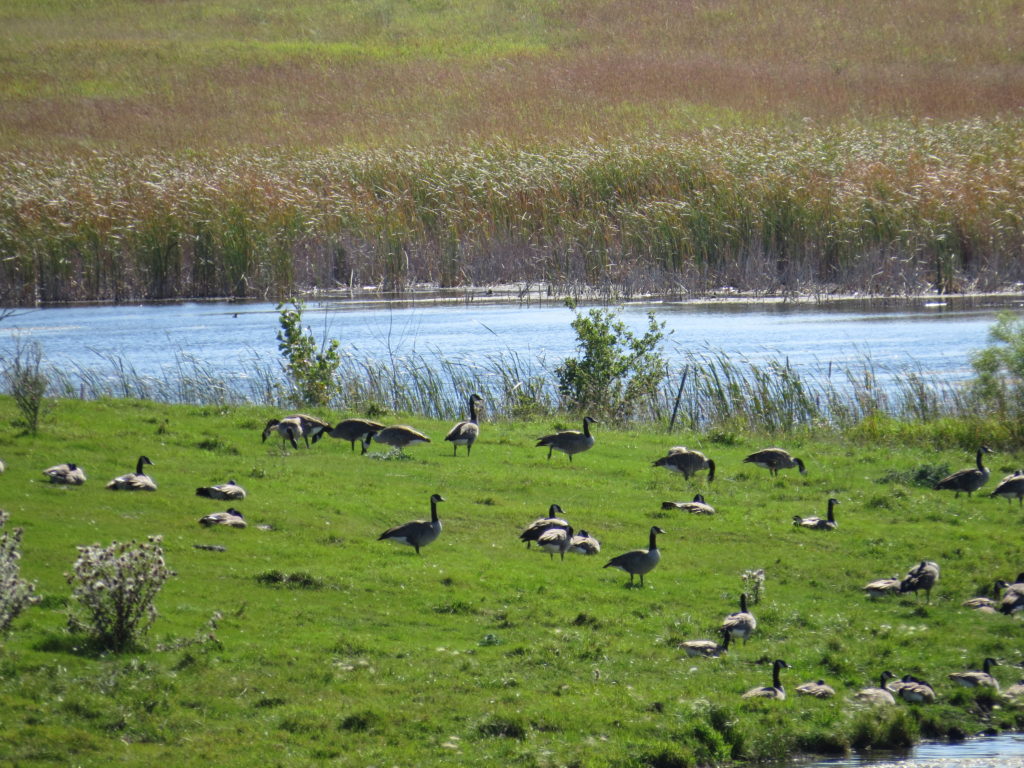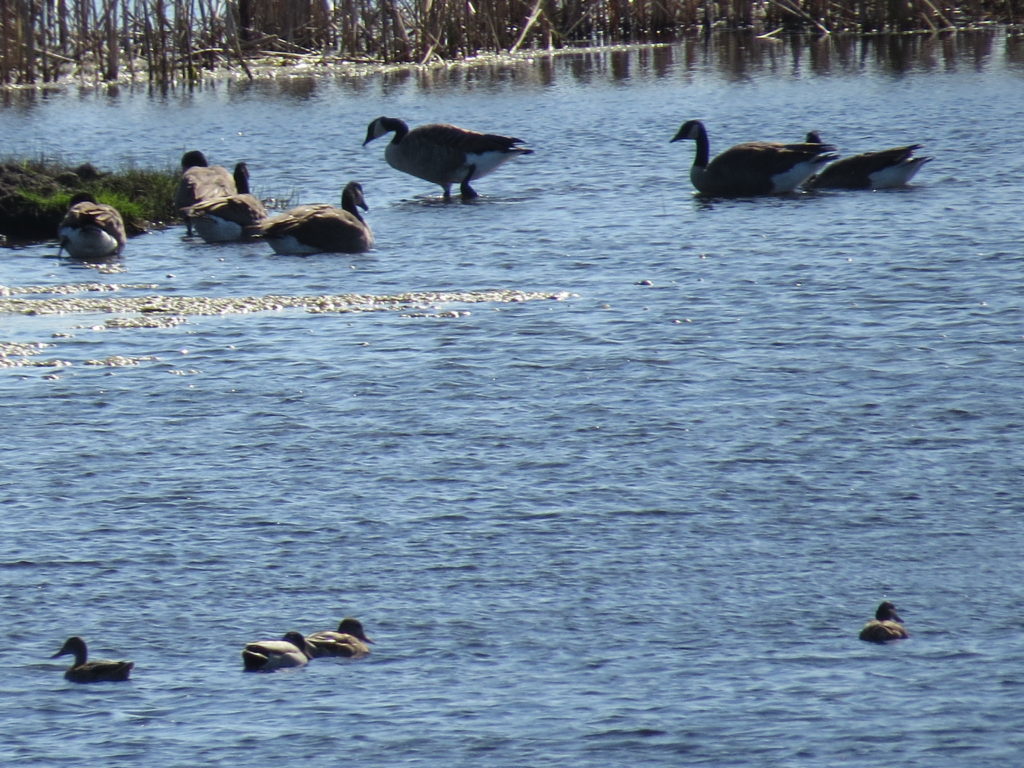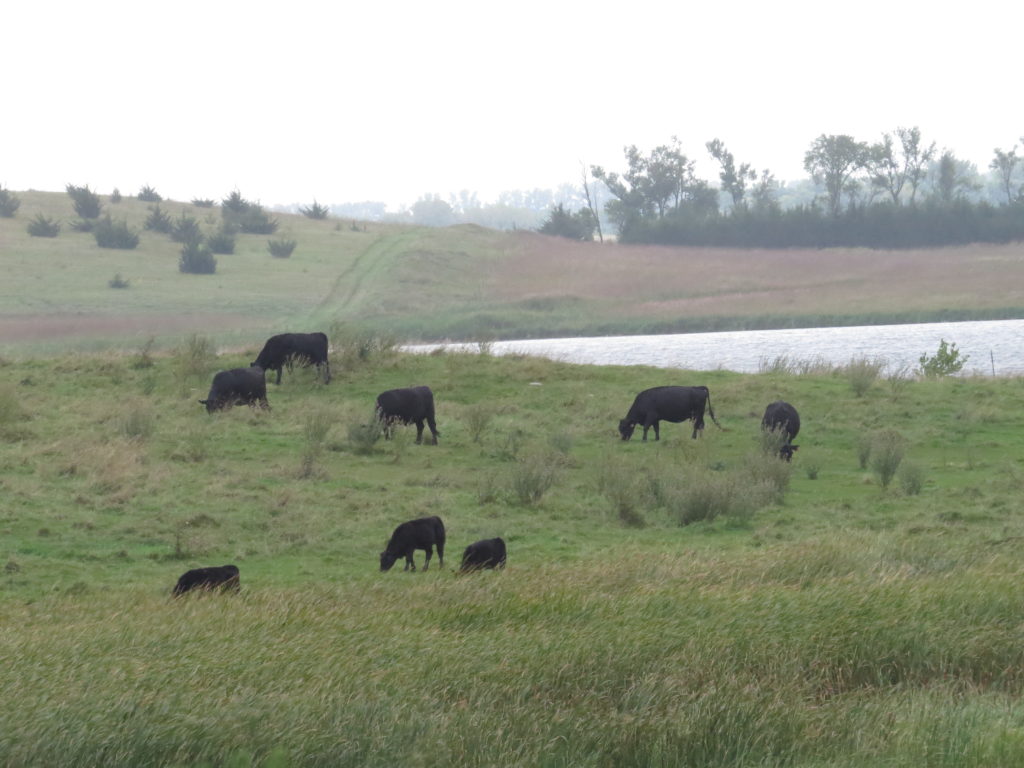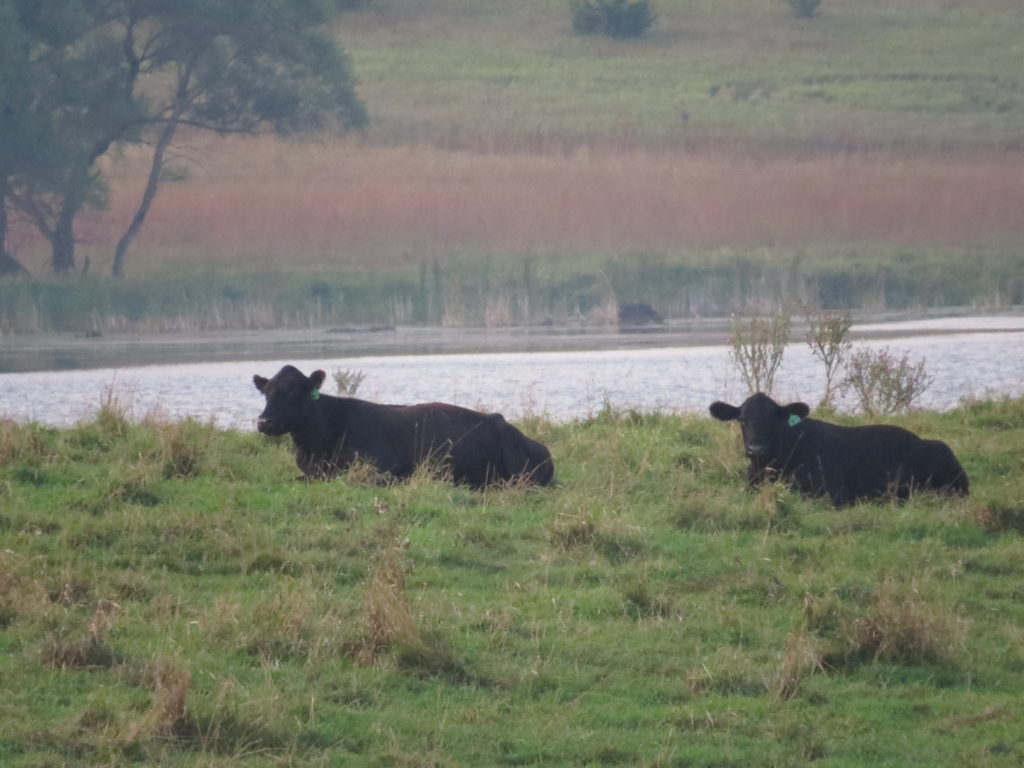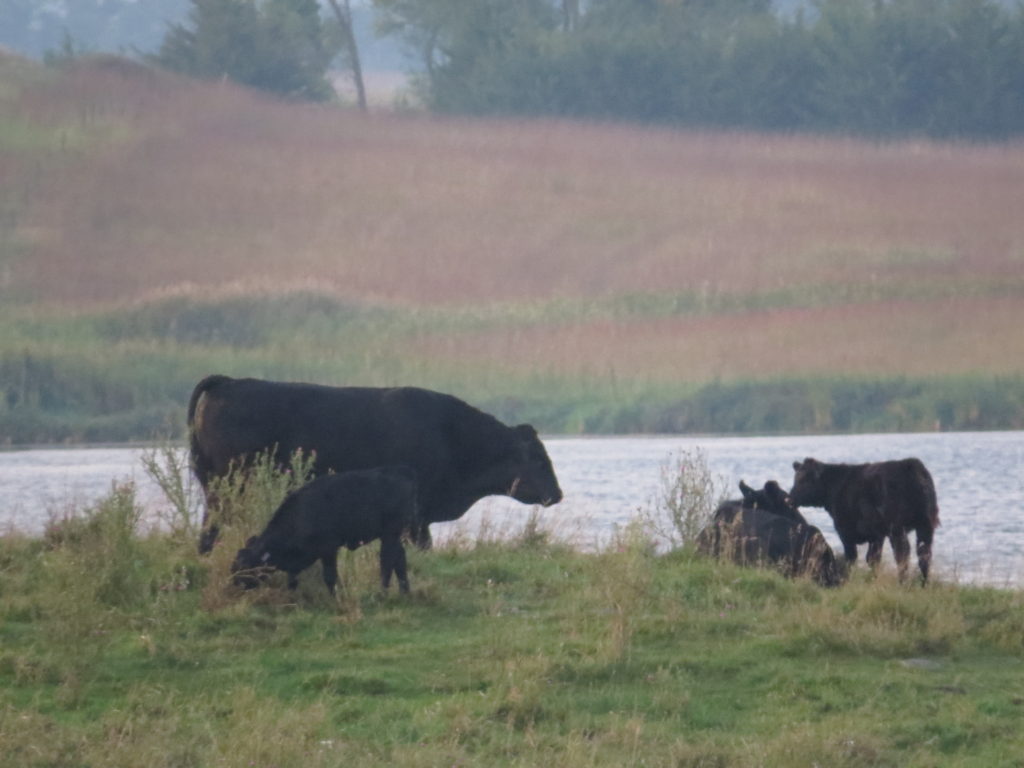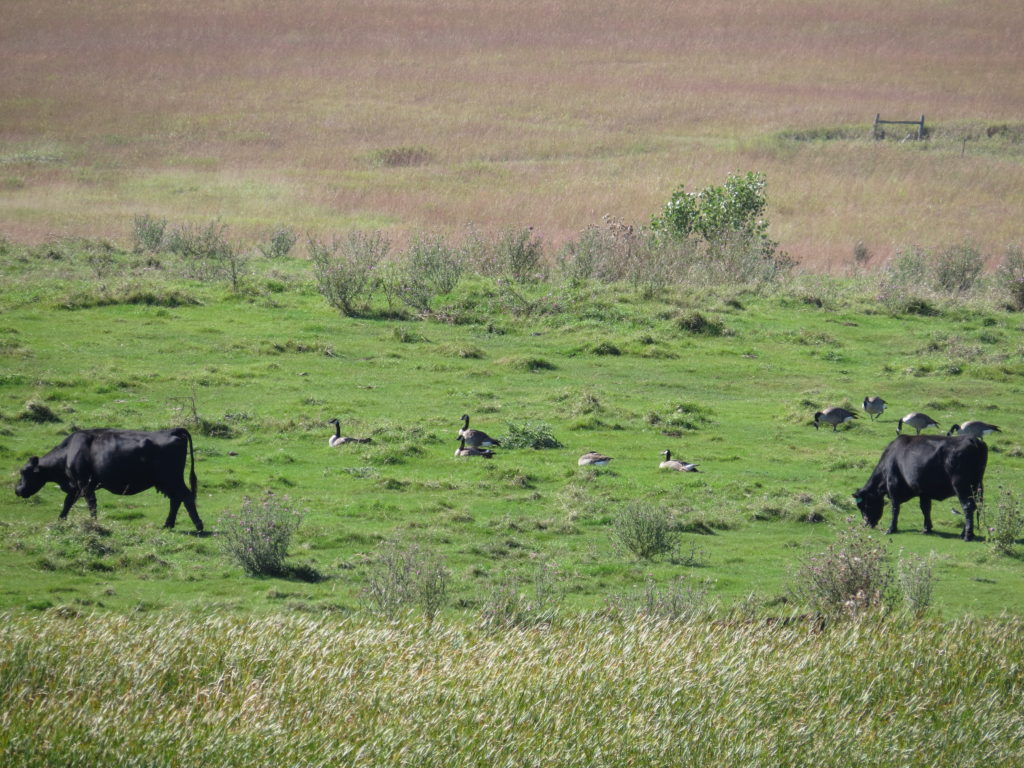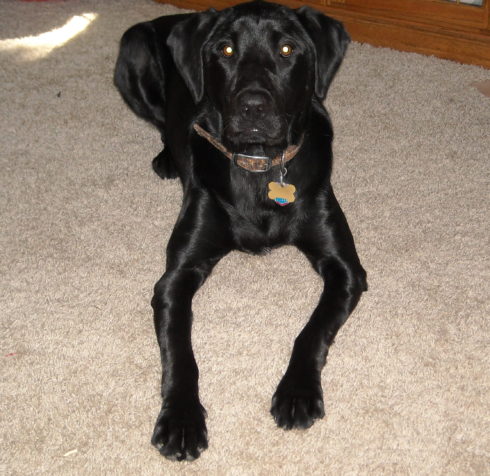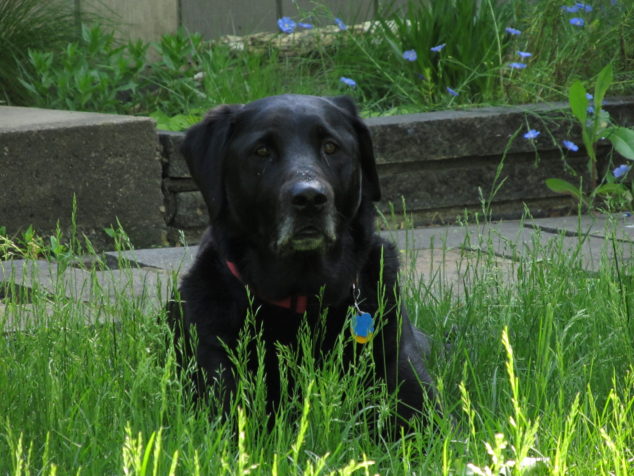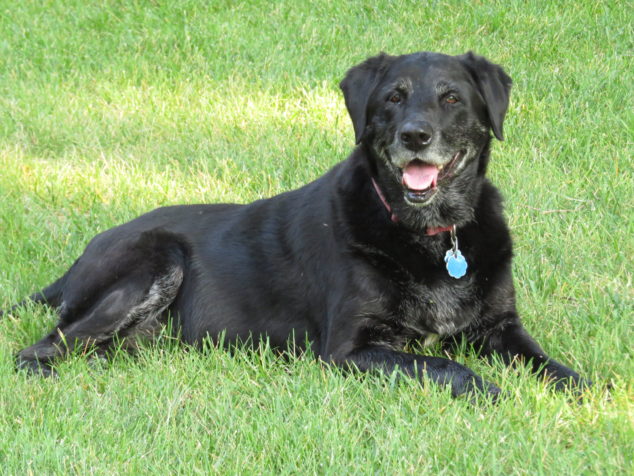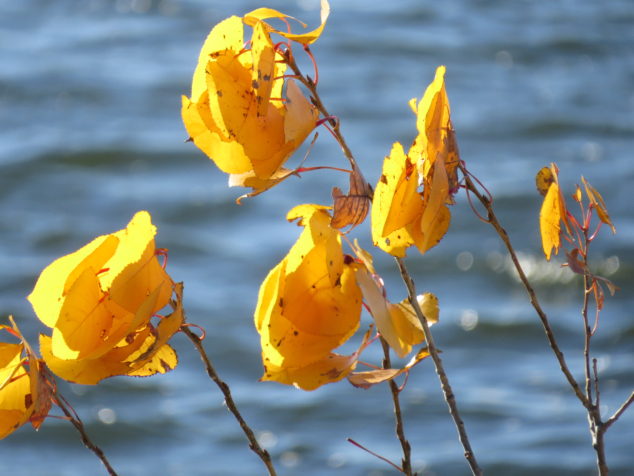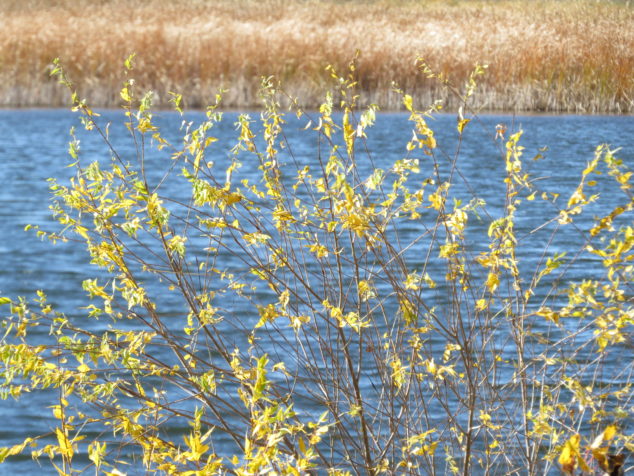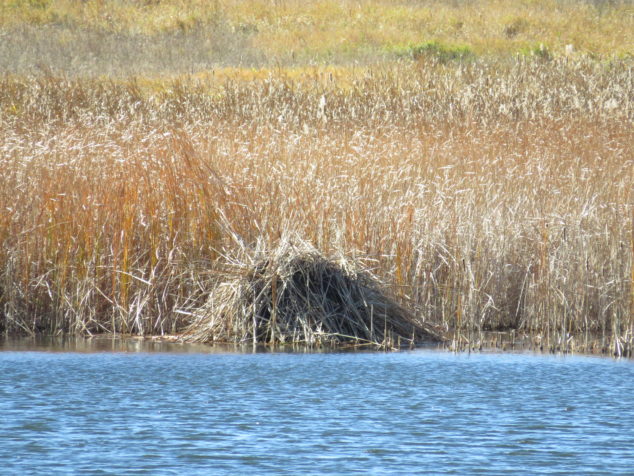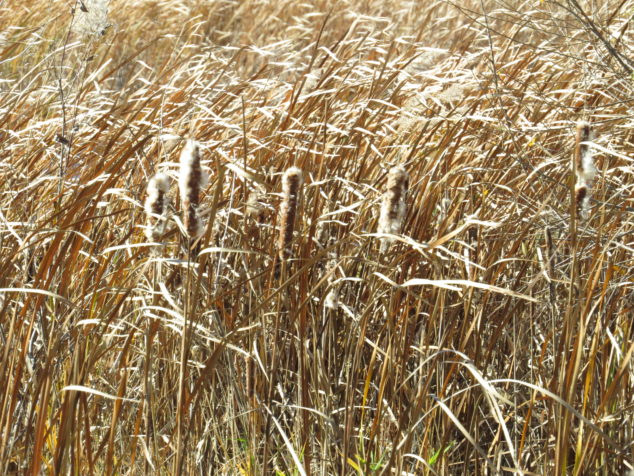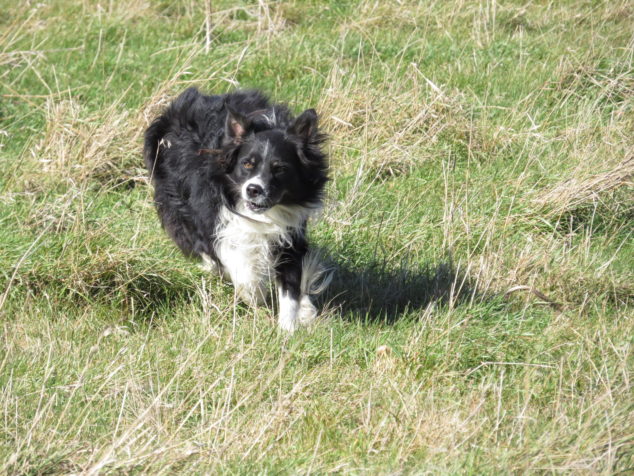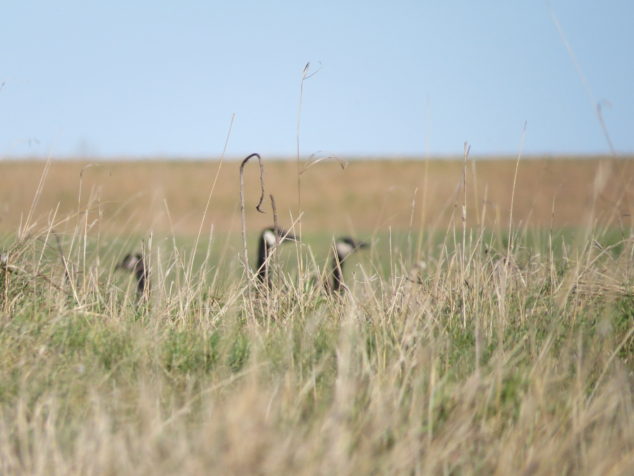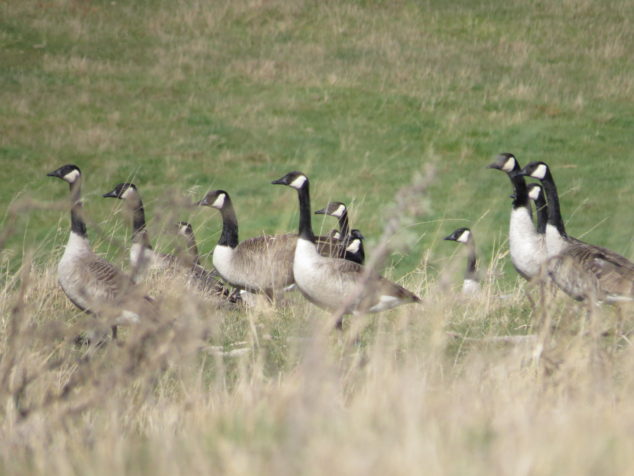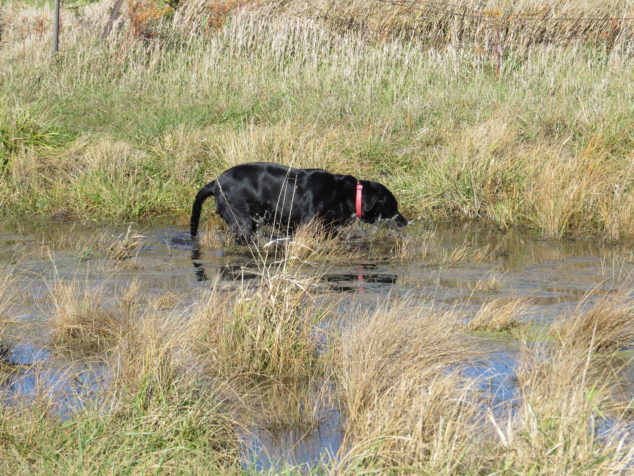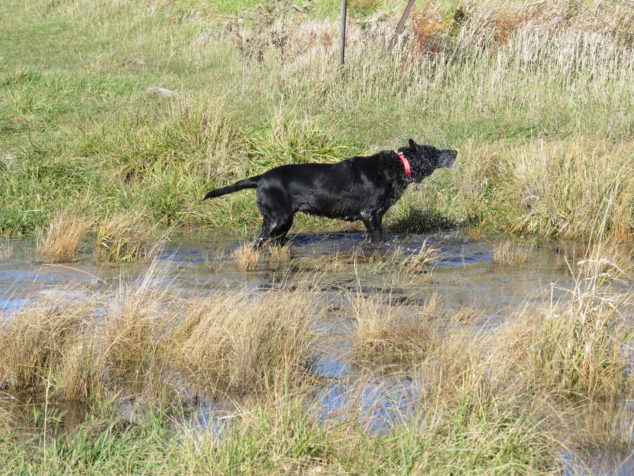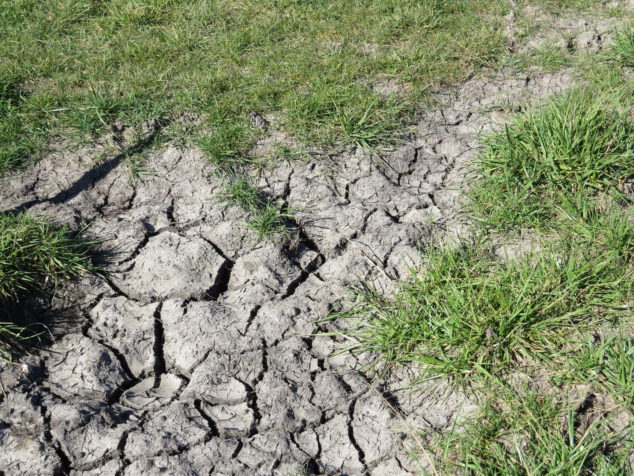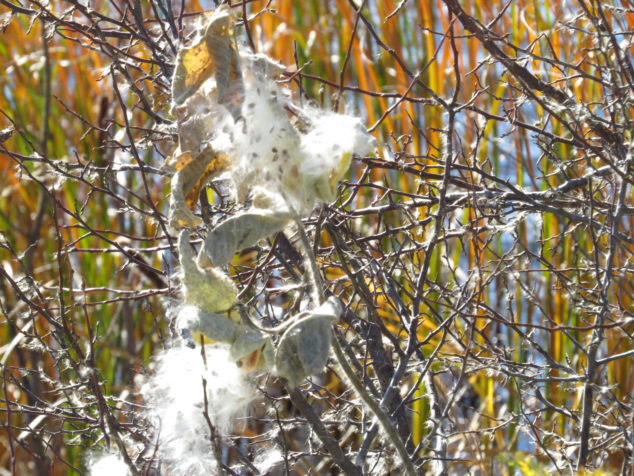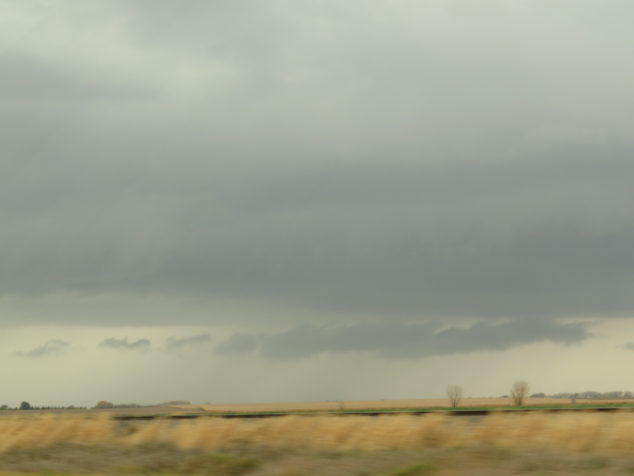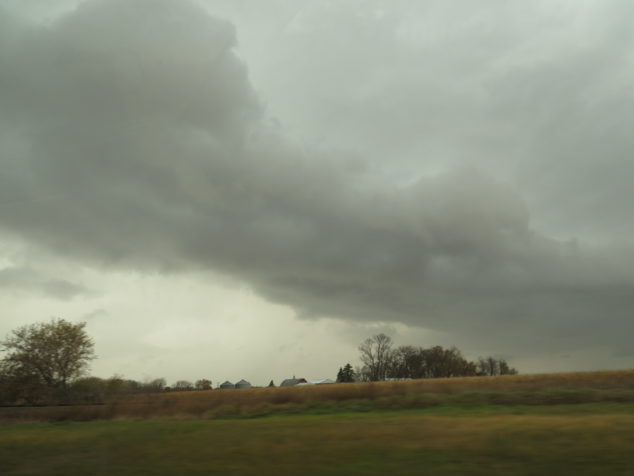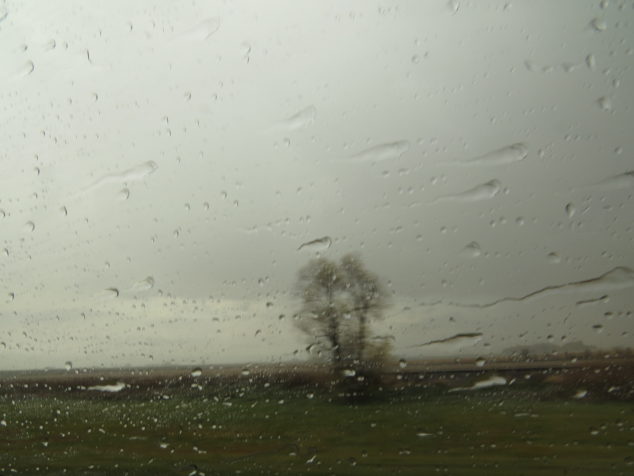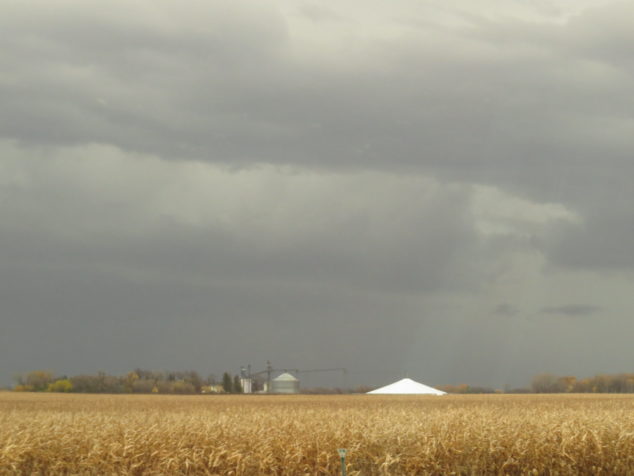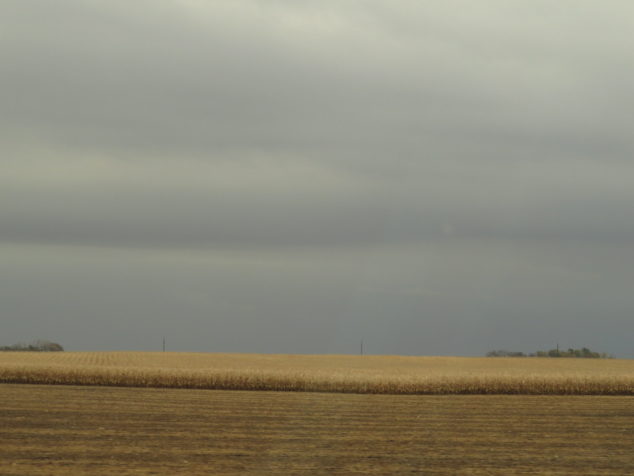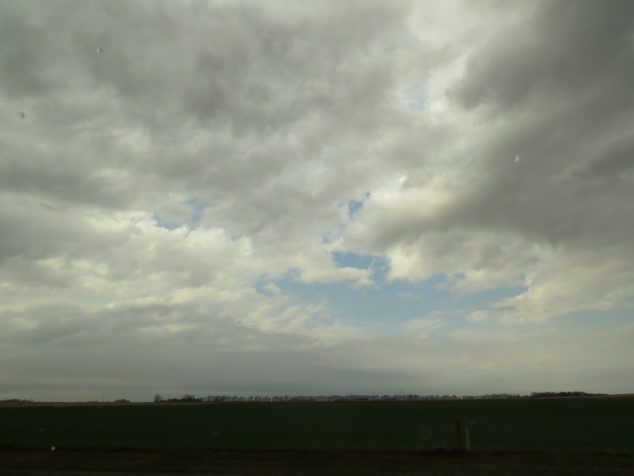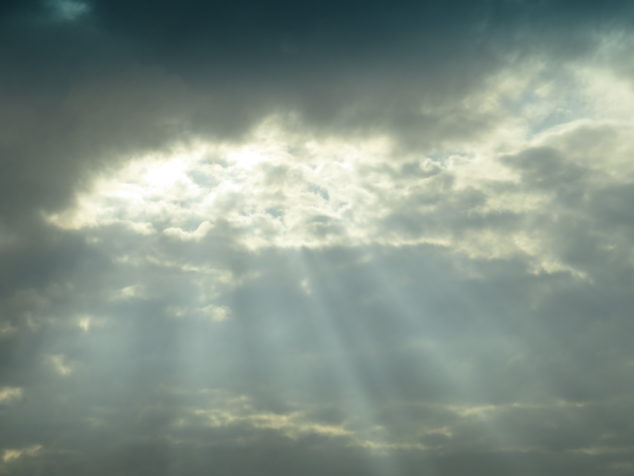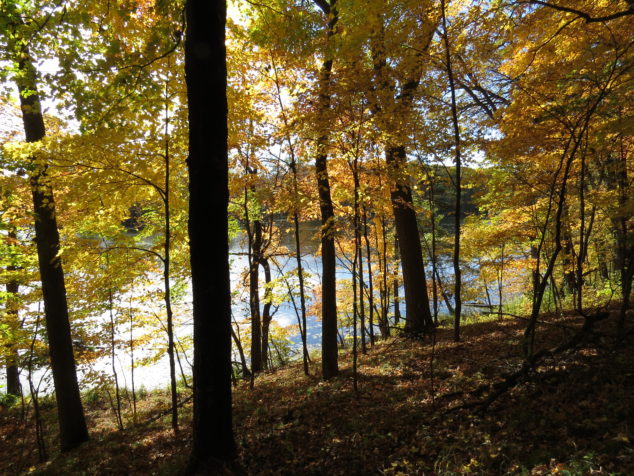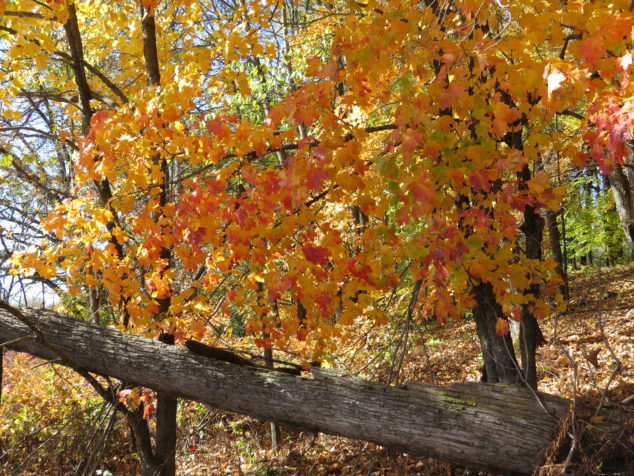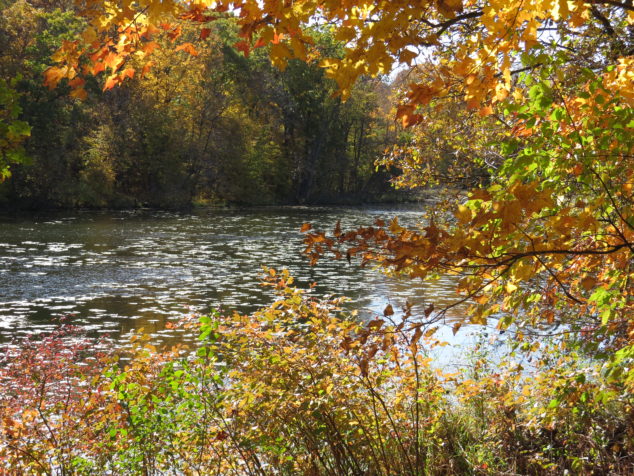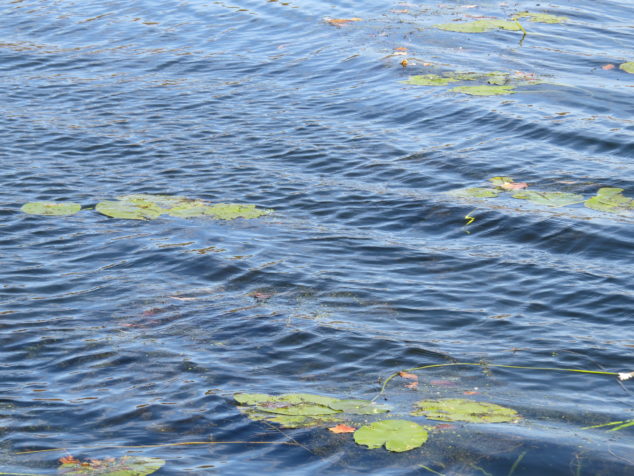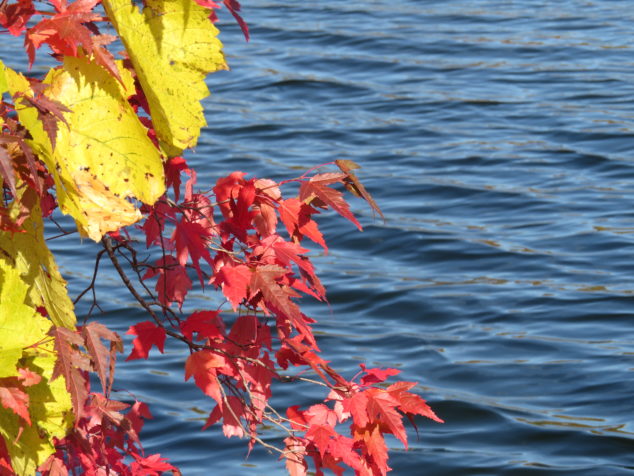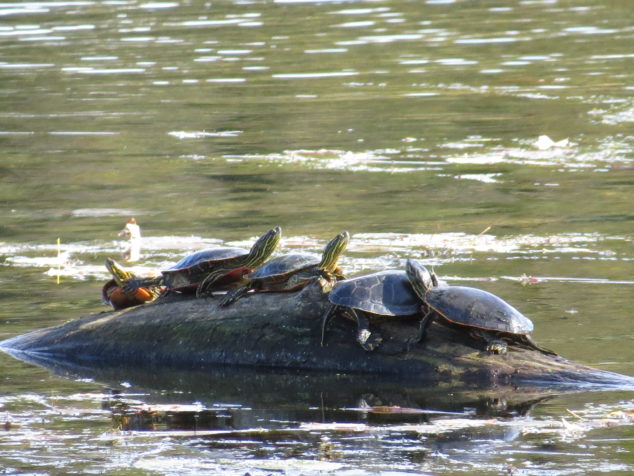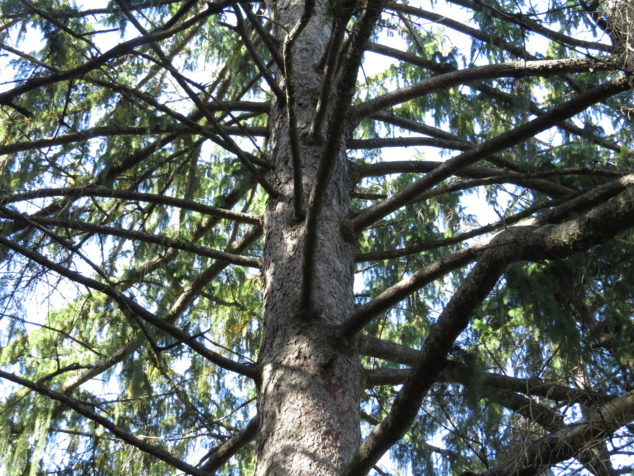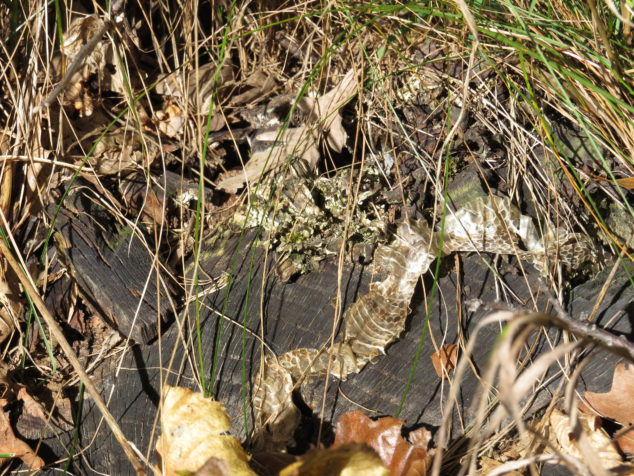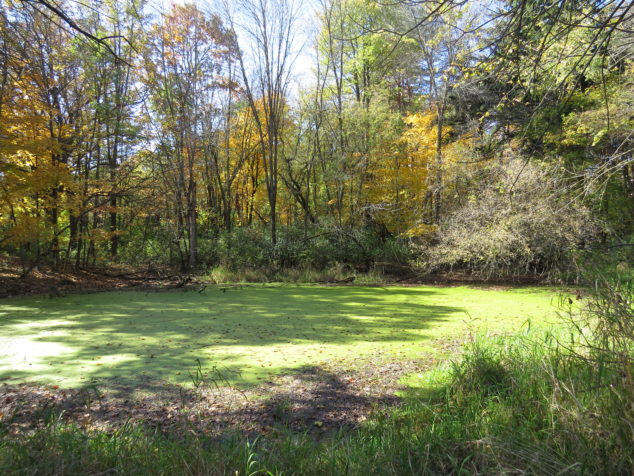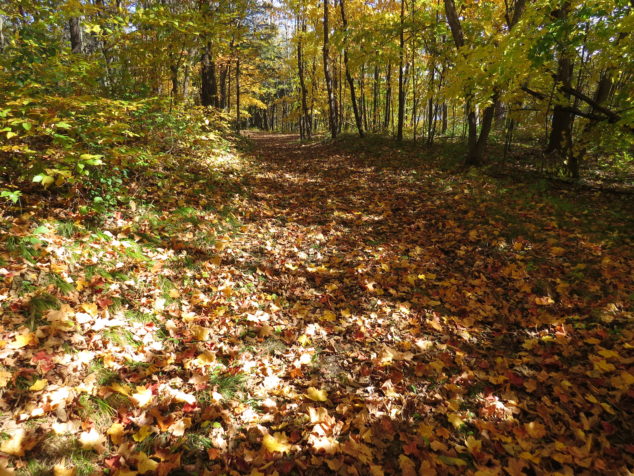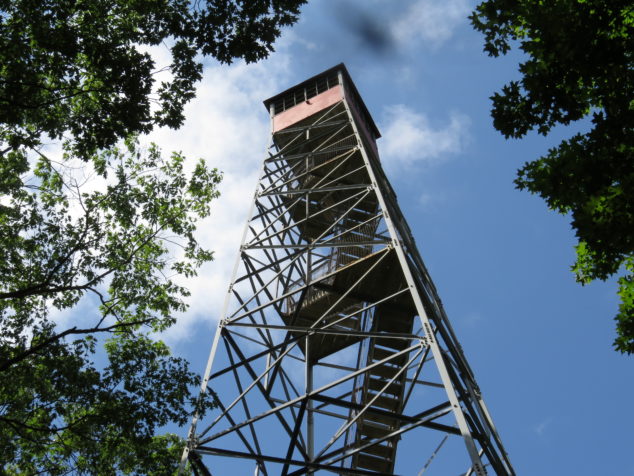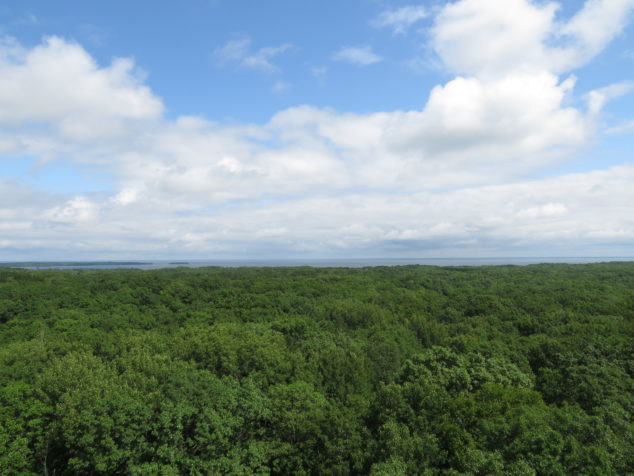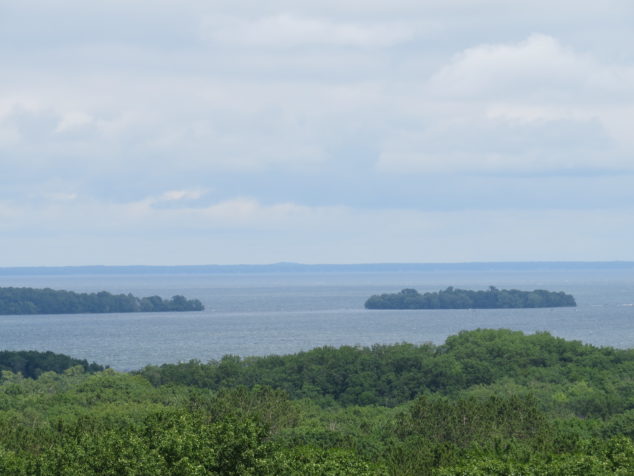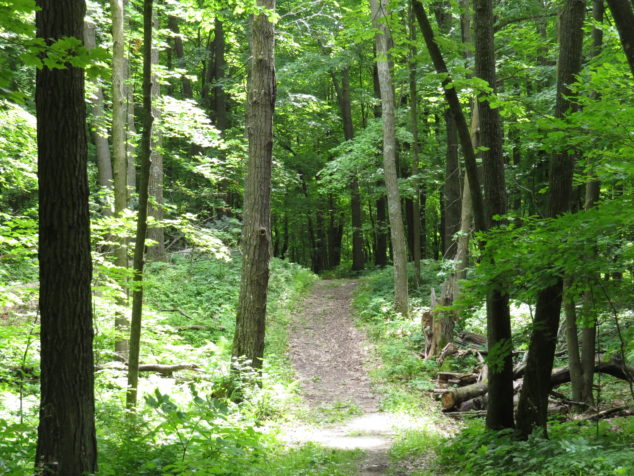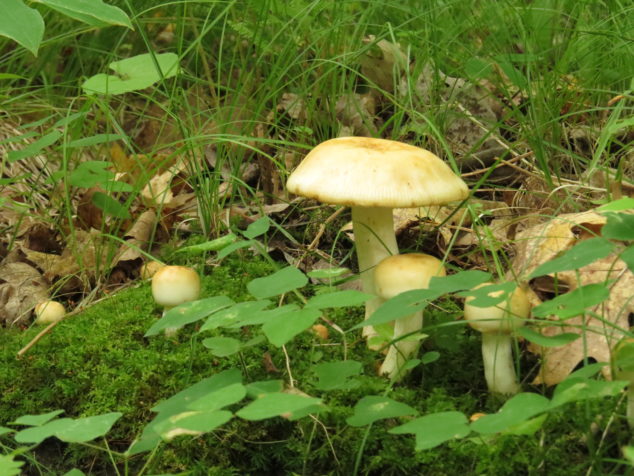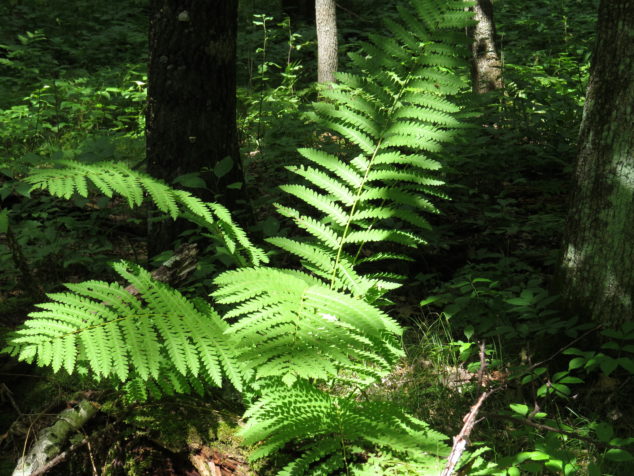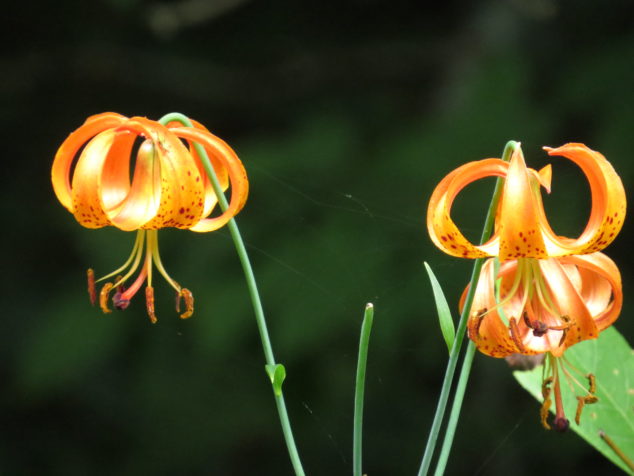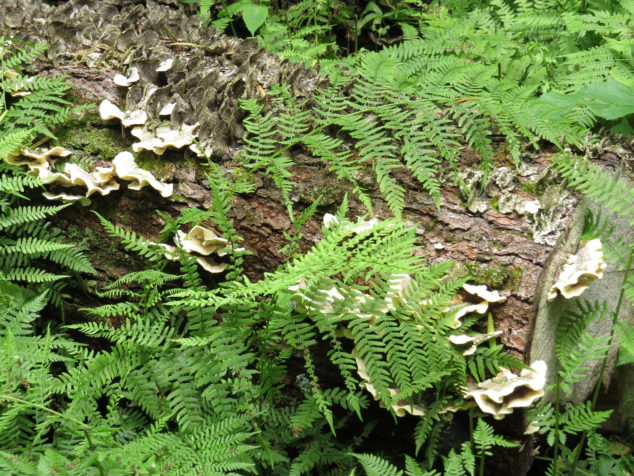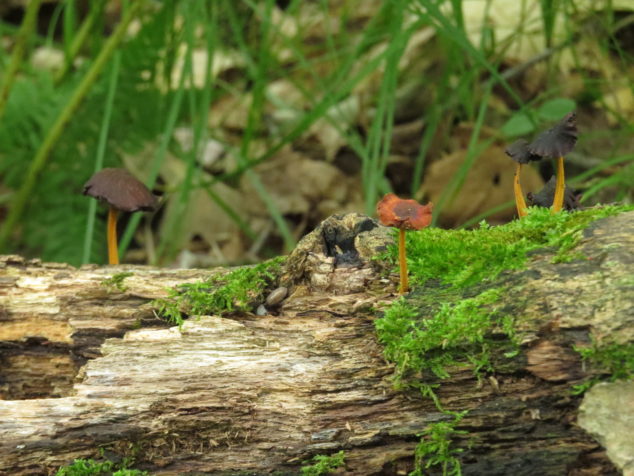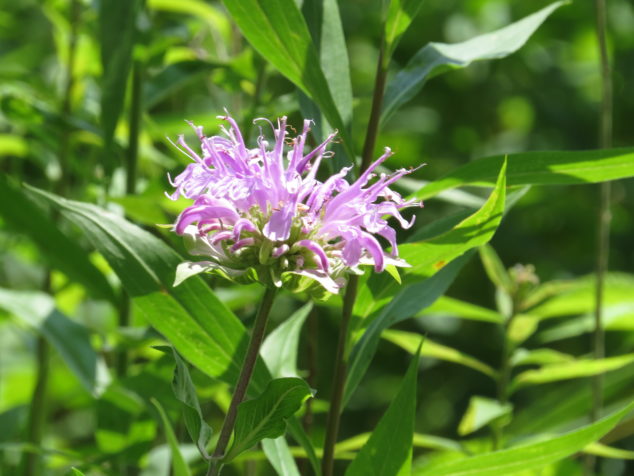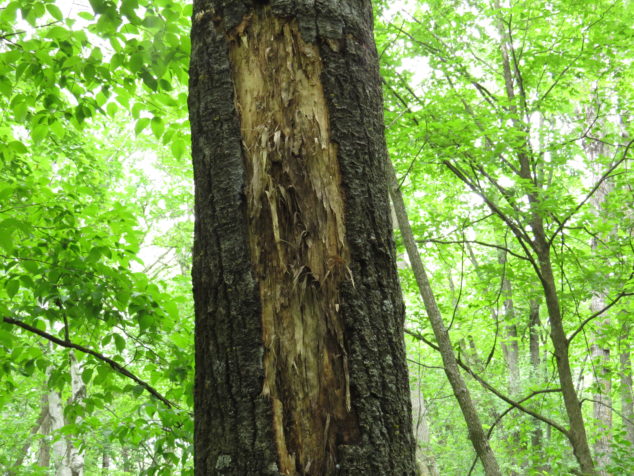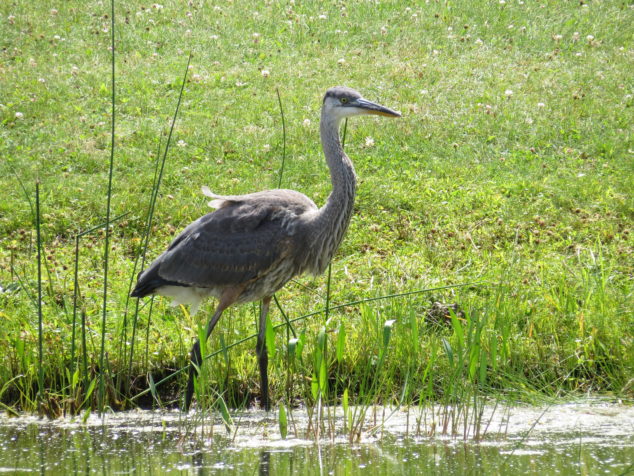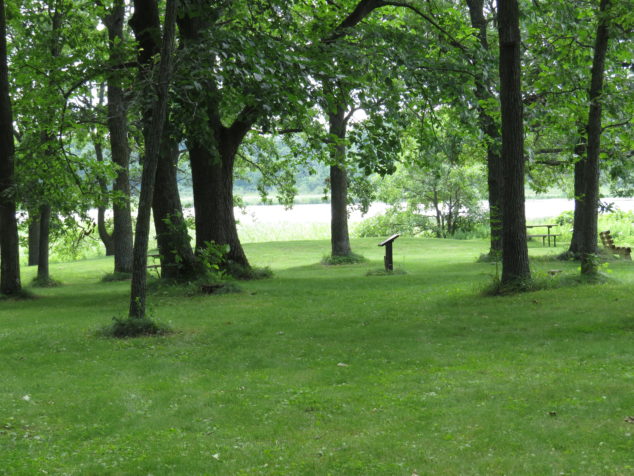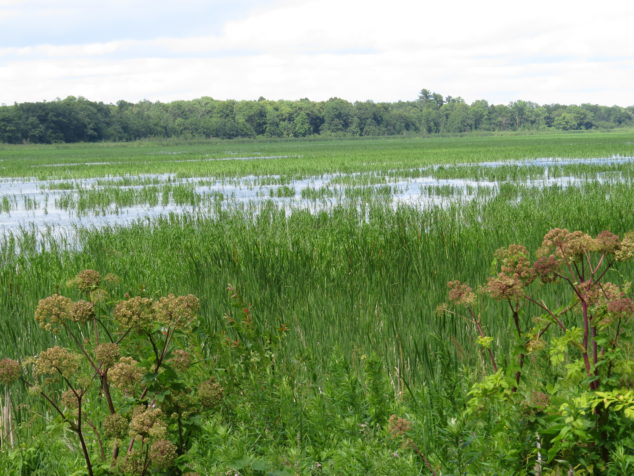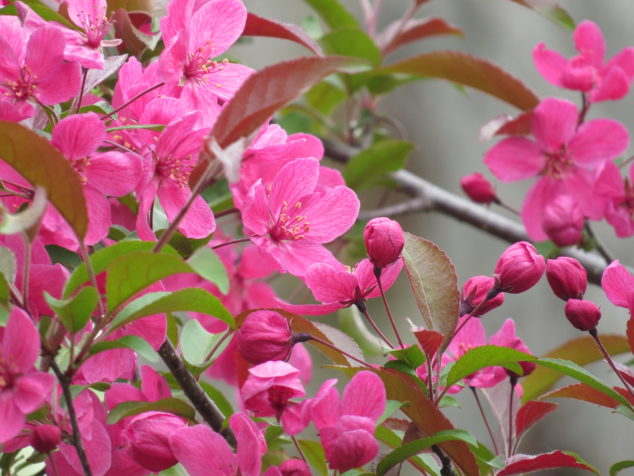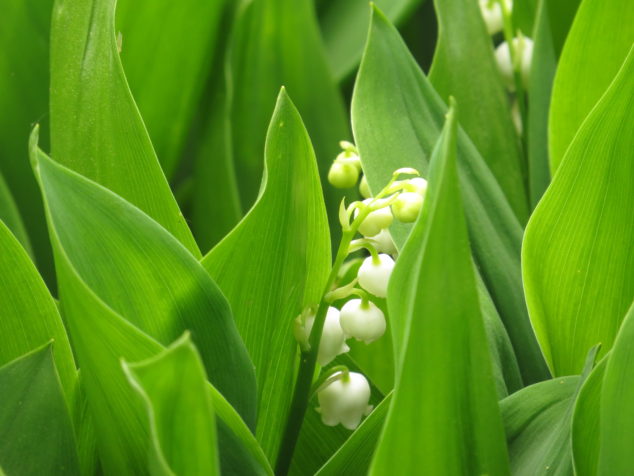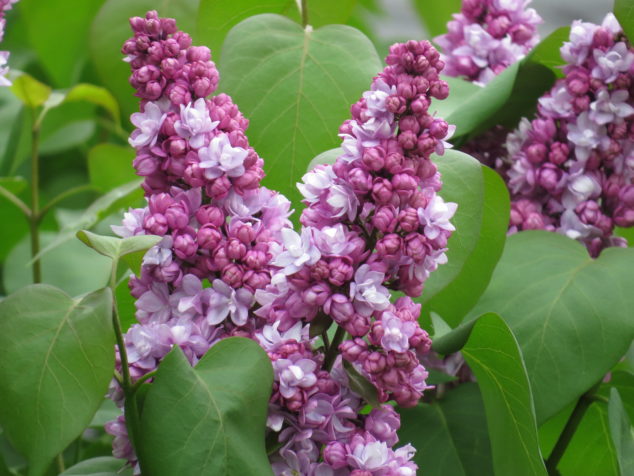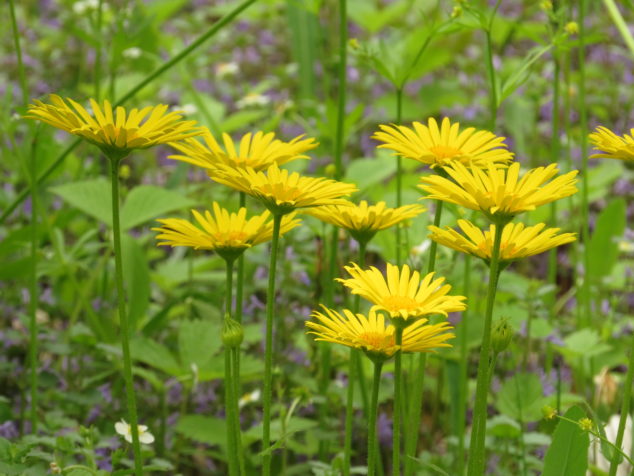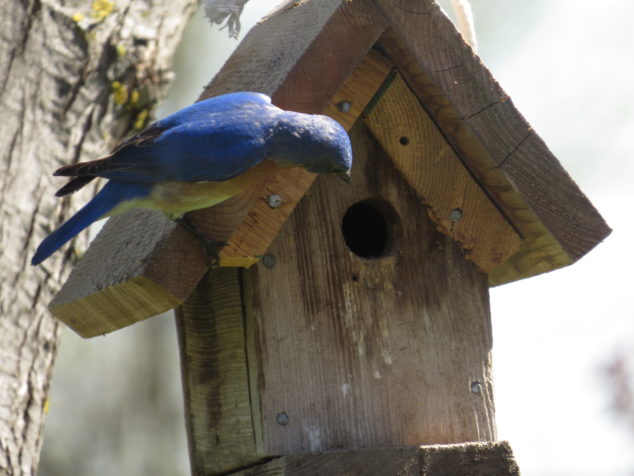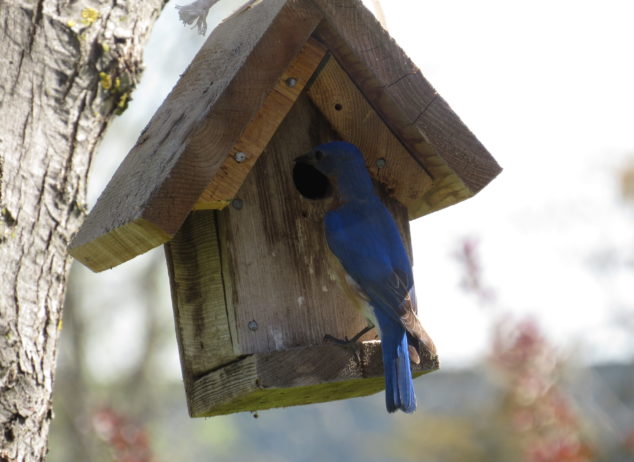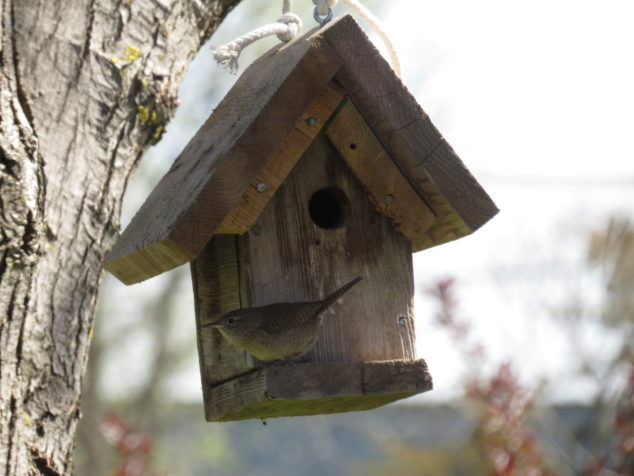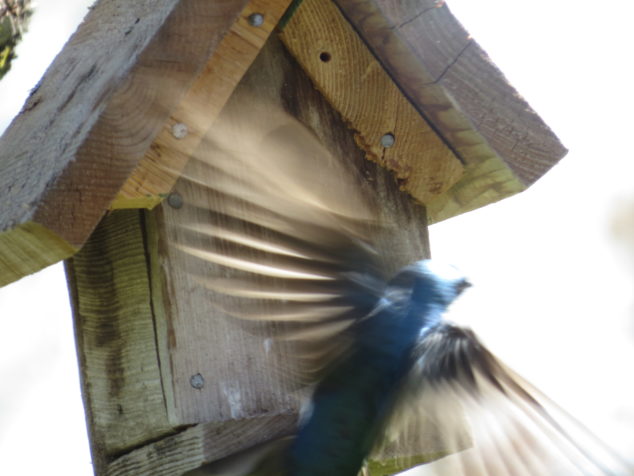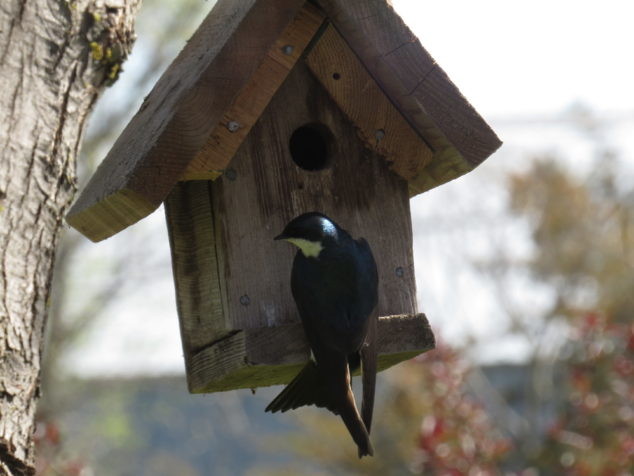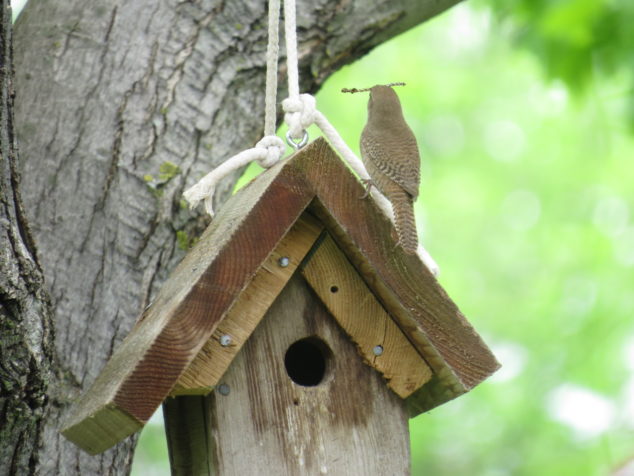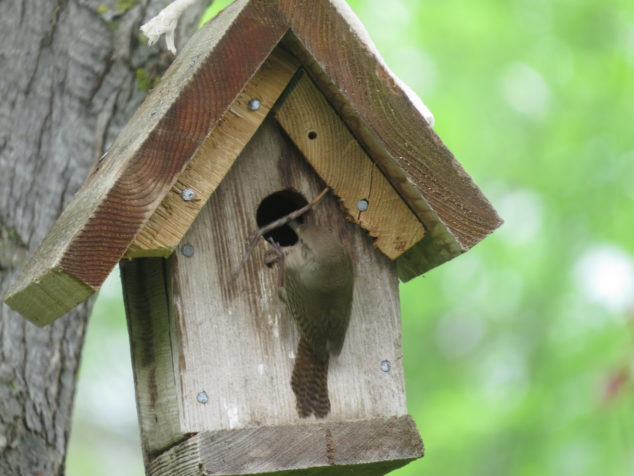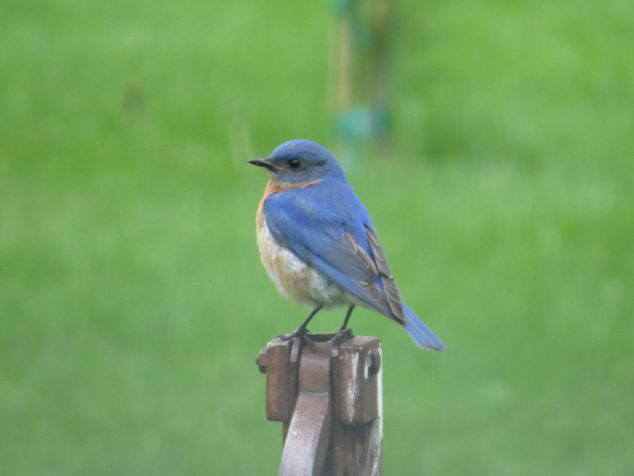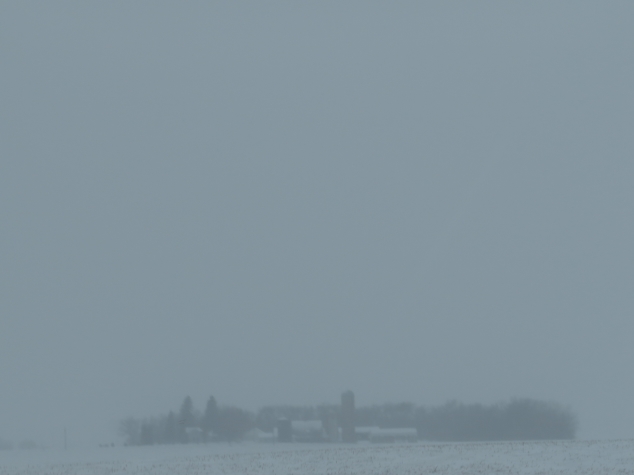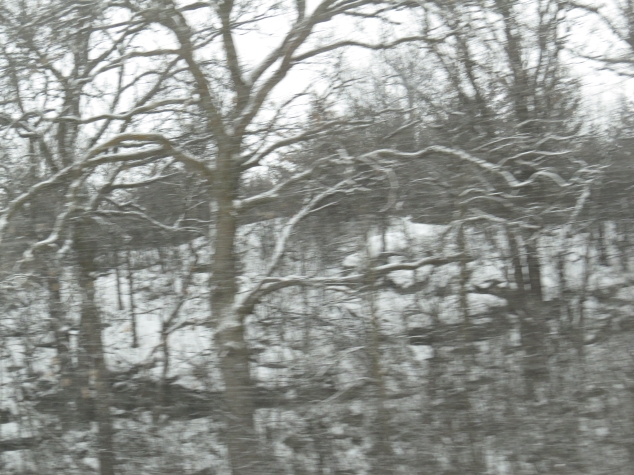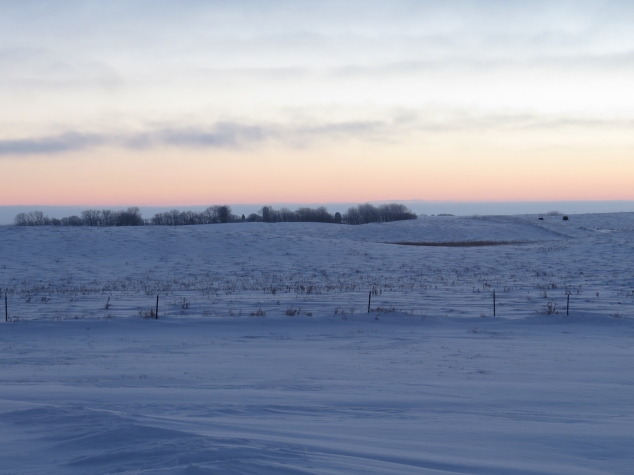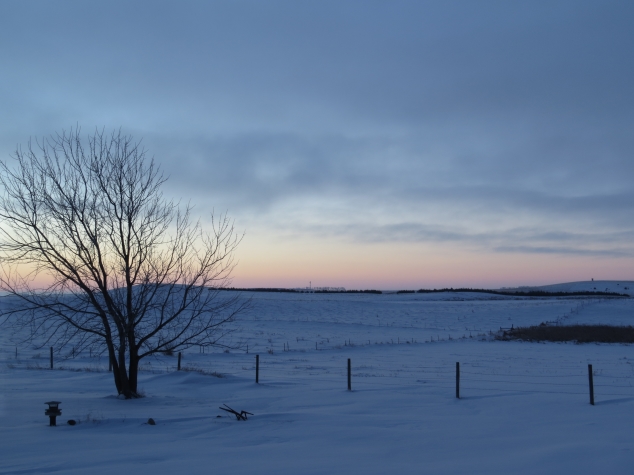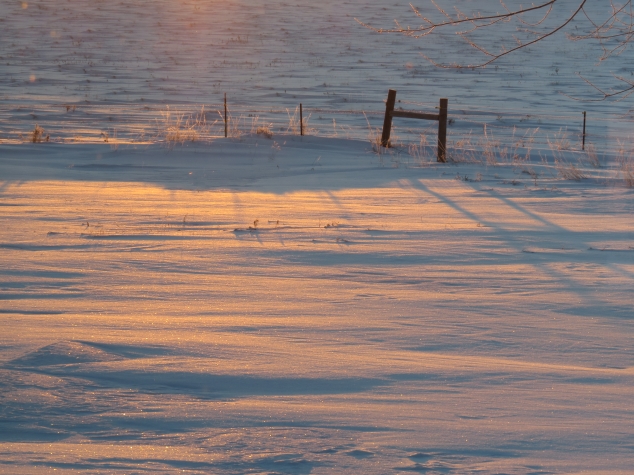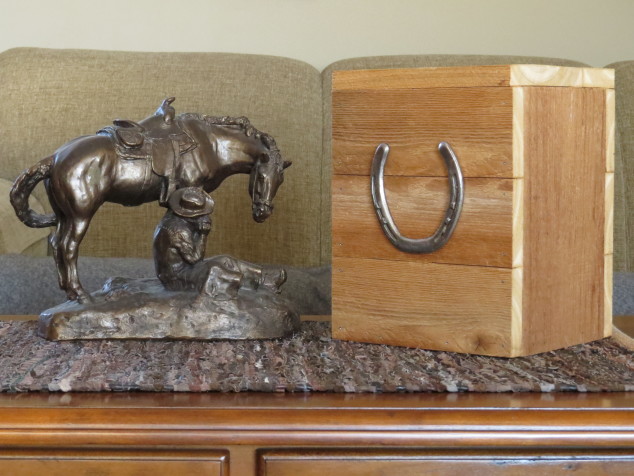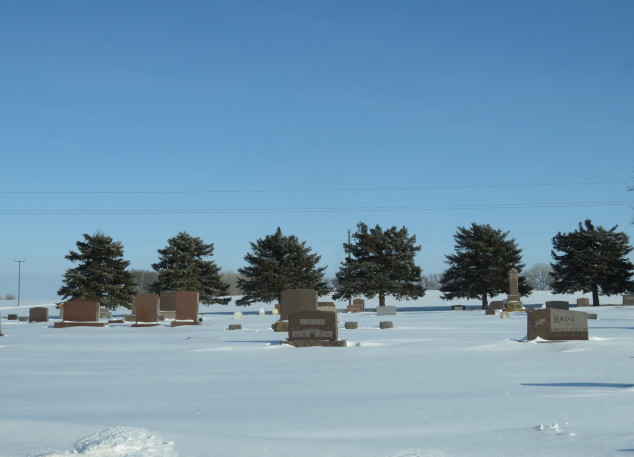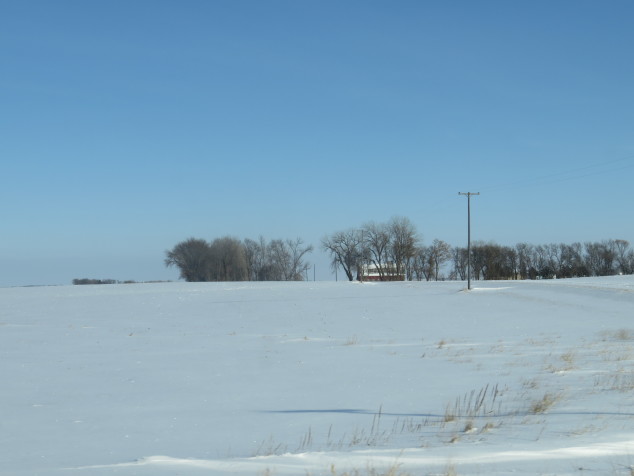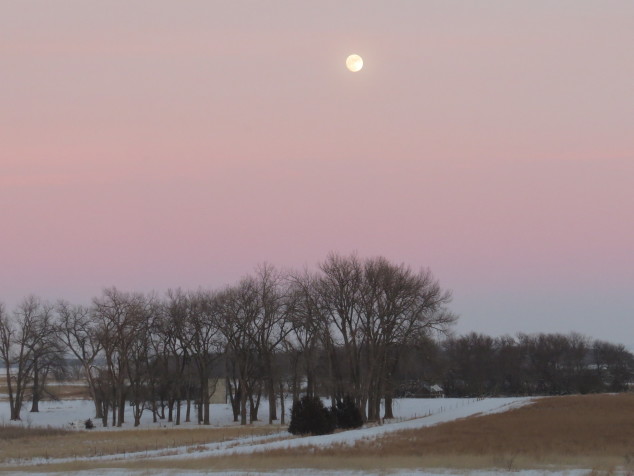In this year of Covid, most of us have become much more familiar with our homes. Home has been maximally multifunctional for many families—school house, fitness center, workplace, church, recreational spot, and social center as well as the usual place for family meals and relaxation and sleep. It has forced us to evaluate our definition of ‘home’—the purpose, the feel, the aesthetics, and the functionality.
Imagine living in a purple palace with many rooms and secret passageways that wind from place to place. Instead of a protective moat, the palace walls have barbs to keep intruders out. Food is plentiful, at least for most times of the year, and the floor of the palace is soft and comfy. That is the home for a rabbit family at William O’Brien State Park, a park on the eastern side of Minnesota. Most of the year the purple palace is covered with green leaves or with piles of snow—we just happened to see it during its most transparent time.
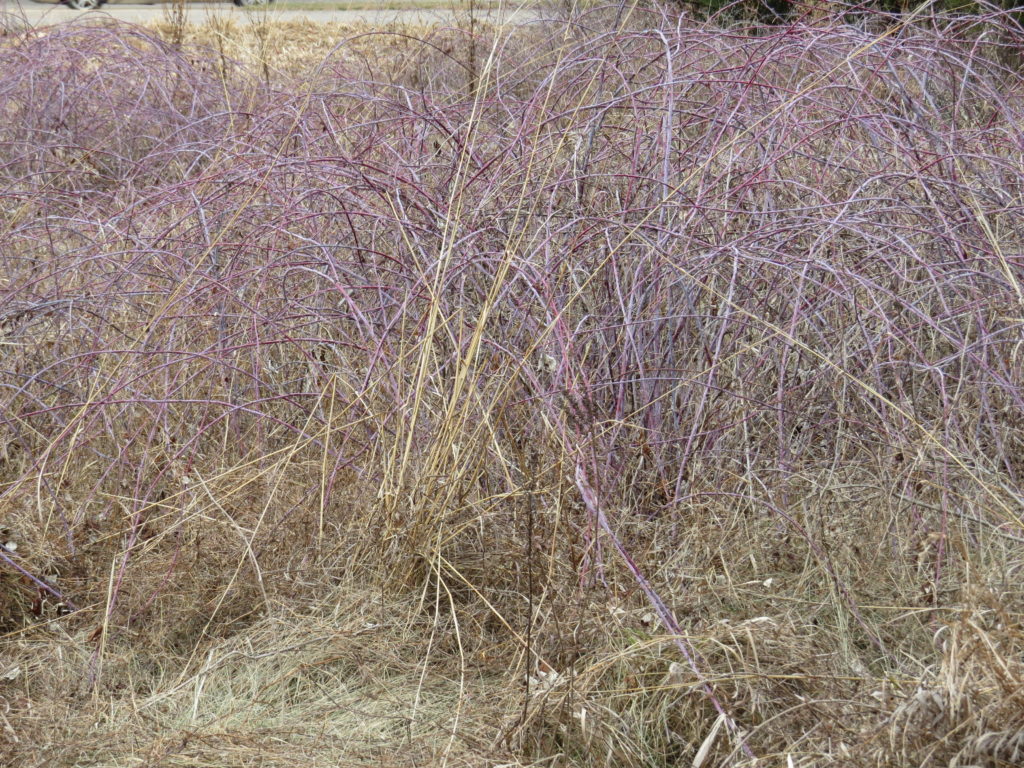
The woods in Winter and late Fall are also transparent, especially during this time with no snow. Tree trunks, fallen leaves, fallen trees, and rocks dominate the brown-gray landscape. A flowing creek or a frozen lake may break up the muted landscape, but even they reflect the grayness of a cloudy day.
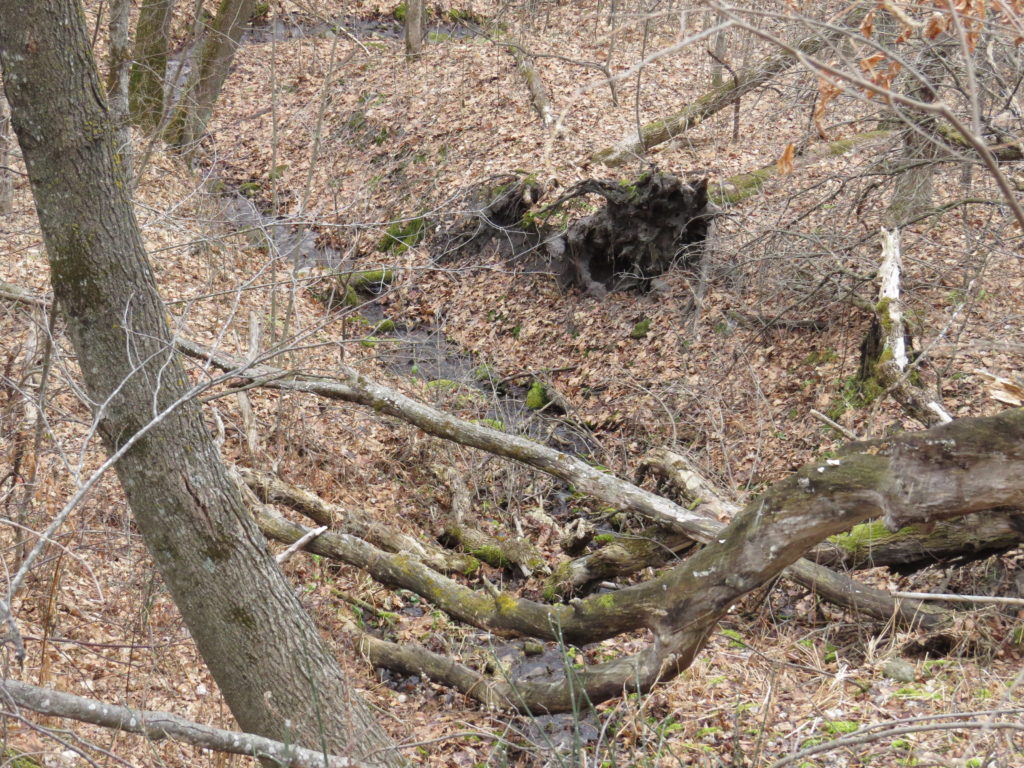
After starting our hike beside the rabbits’ purple palace, it soon became apparent that ‘homes’ were the topic of the day. All forest creatures need a warm (relatively speaking) and safe place to live during the Winter, and as we saw nook after cranny of log homes and tree dwellings, I wondered who lived in each one.
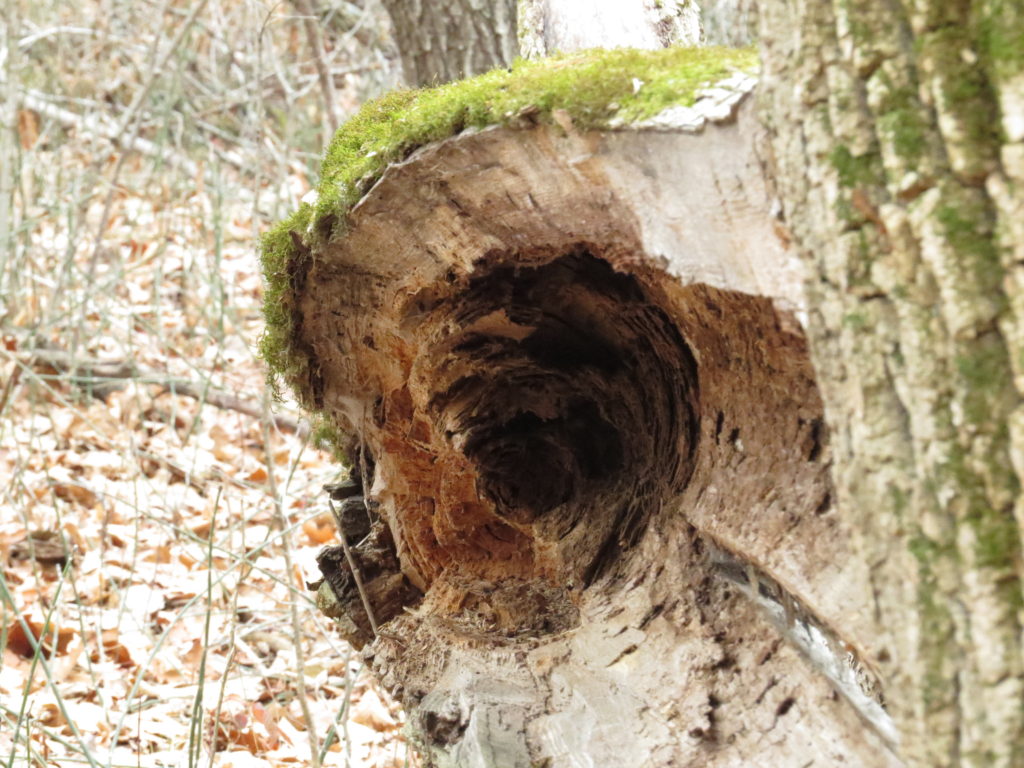
How many frogs are hibernating here? Land frogs dig down or find a space called a hibernaculum where they spend the winter. Aquatic frogs hibernate under water. Both protect their vital organs with an ‘antifreeze’ of a high concentration of glucose.
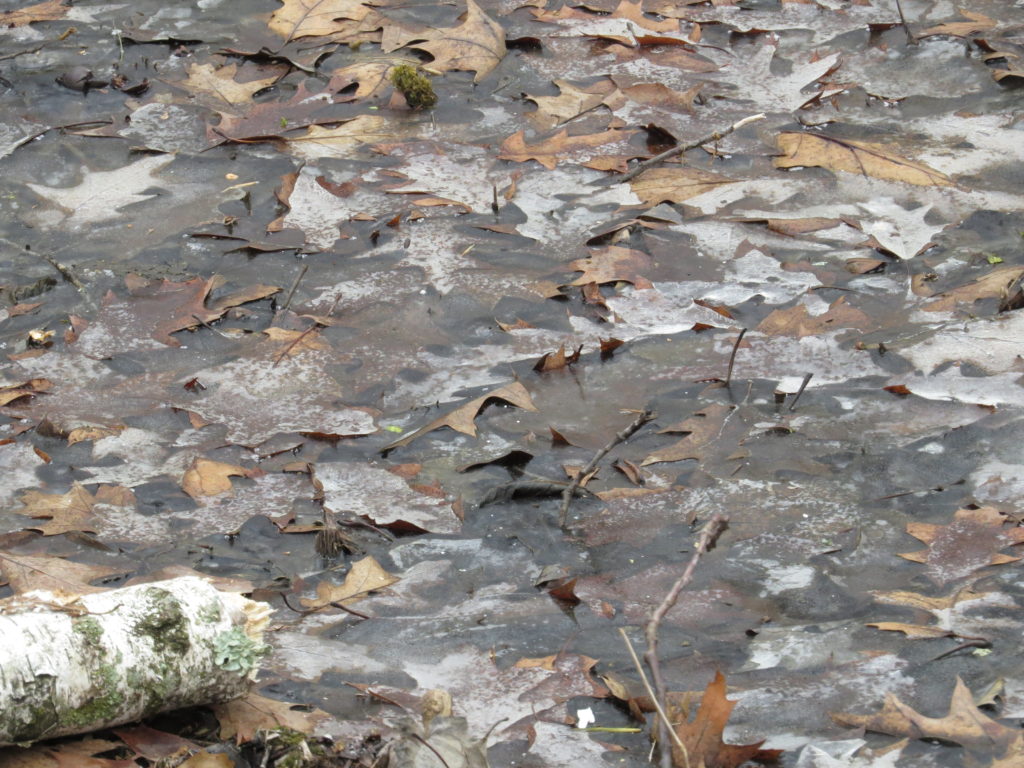
This little home at the foot of a tree had a super highway of a driveway carved out of a root and acorn debris scattered at the entrance.
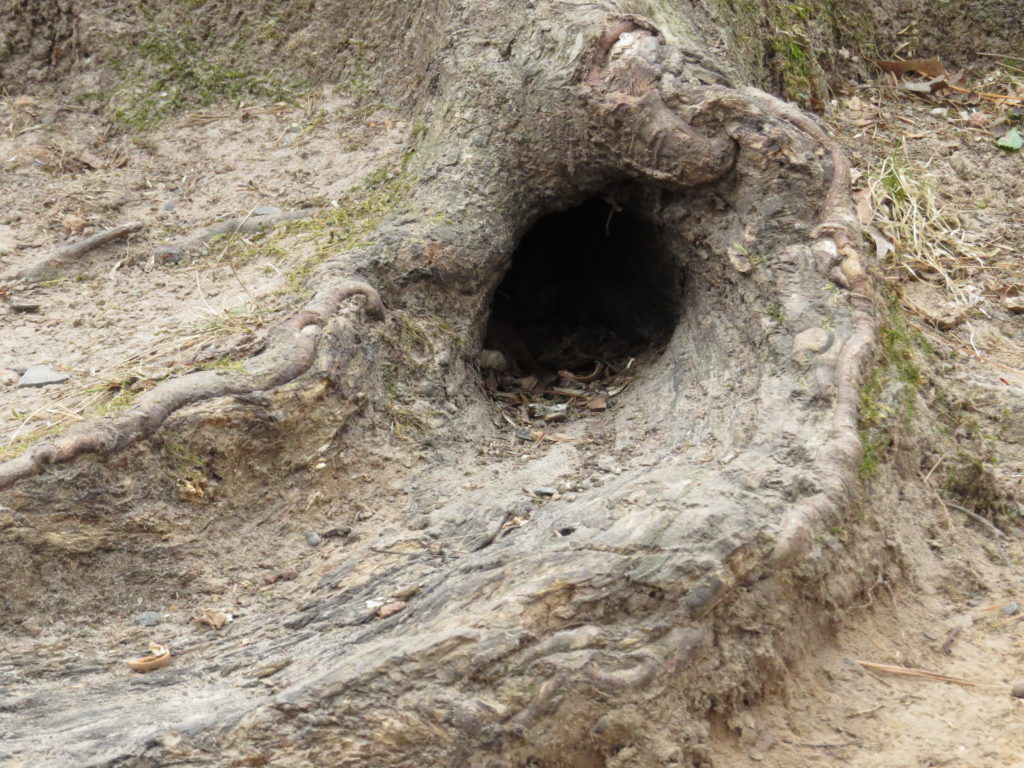
A Pine seedling found a home in the leaf litter. It needs a cover of snow to stay protected from the hungry winter-grazing deer and rabbits.
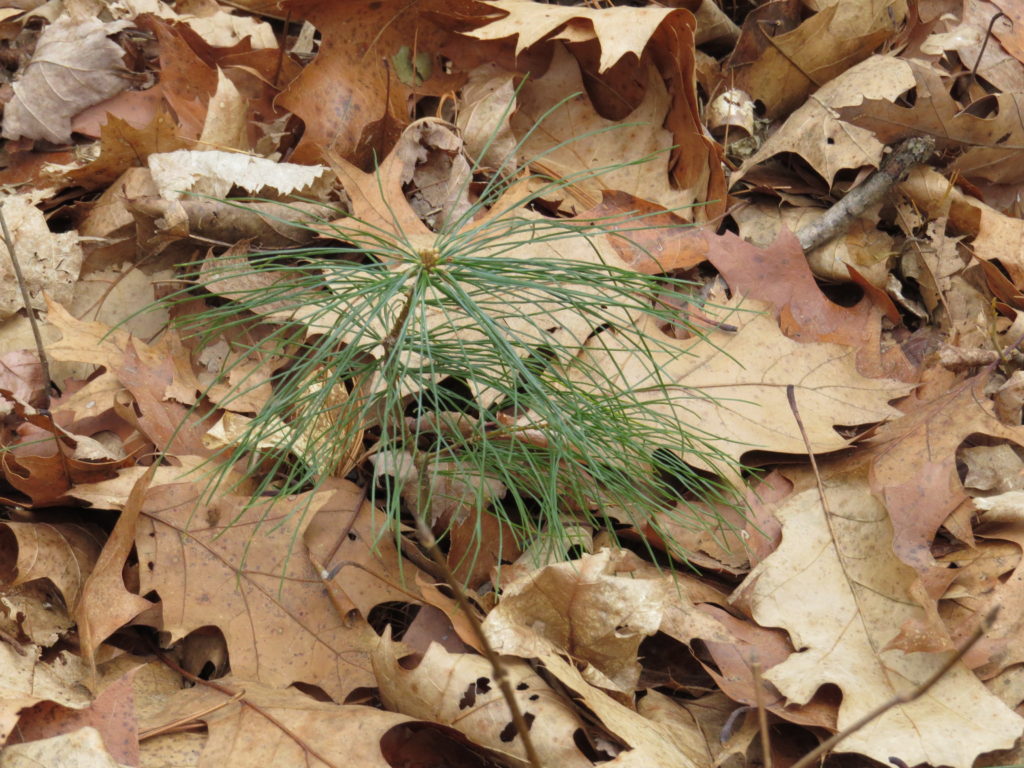
Large fallen logs weather and rot making crack-and-crevice-homes for all types of insects and small creatures.
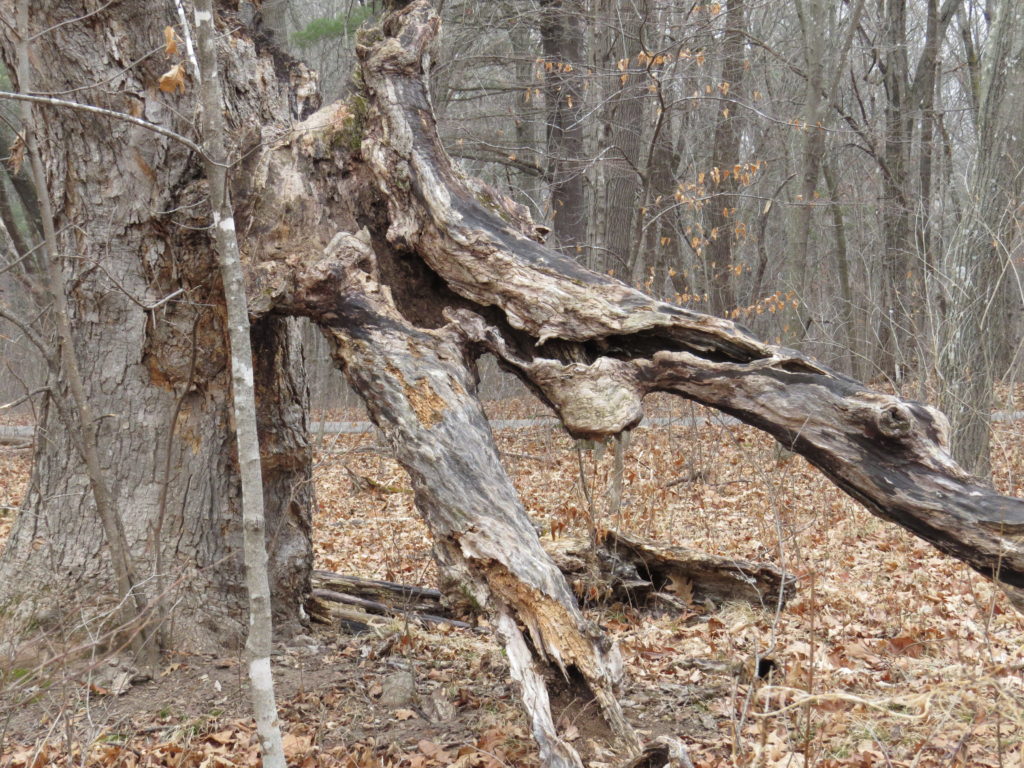
We chose the Riverside Trail Loop to hike so we could see the St. Croix River, but first we came to Lake Alice. It was named after the daughter of timber baron William O’Brien who bought much of the land owned by the lumber companies who cleared the valley of its huge stands of White Pines. In 1945 Alice donated 180 acres of her father’s land to be developed as a state park.
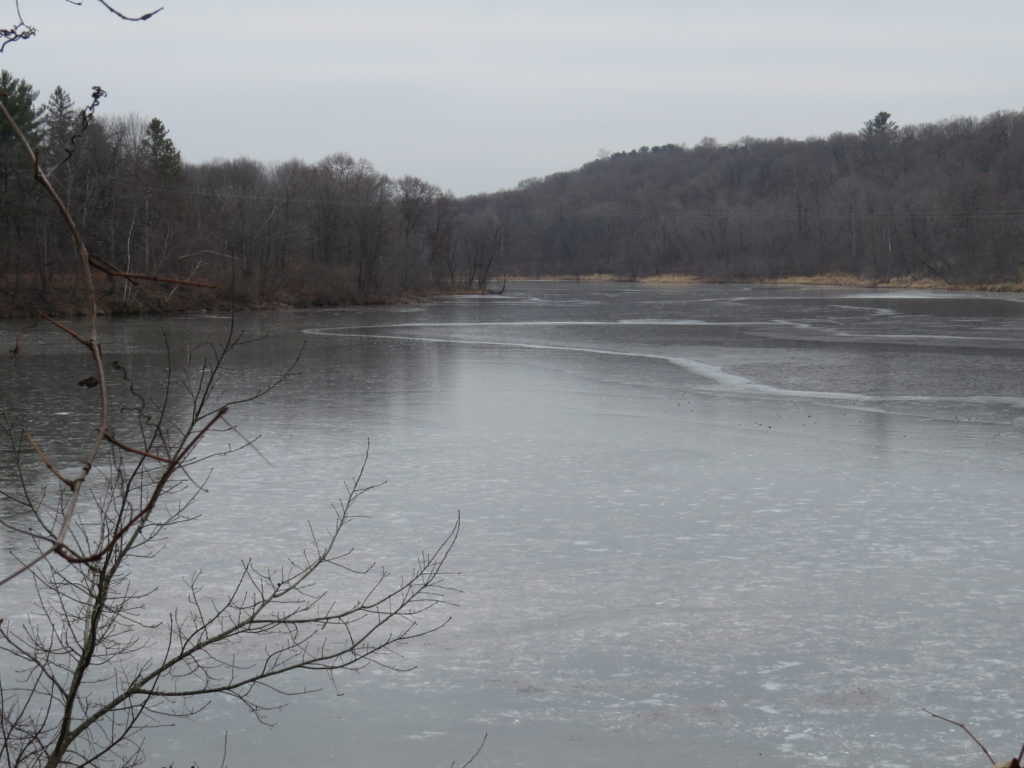
As we walked along, it became very evident who lived in or near Lake Alice.
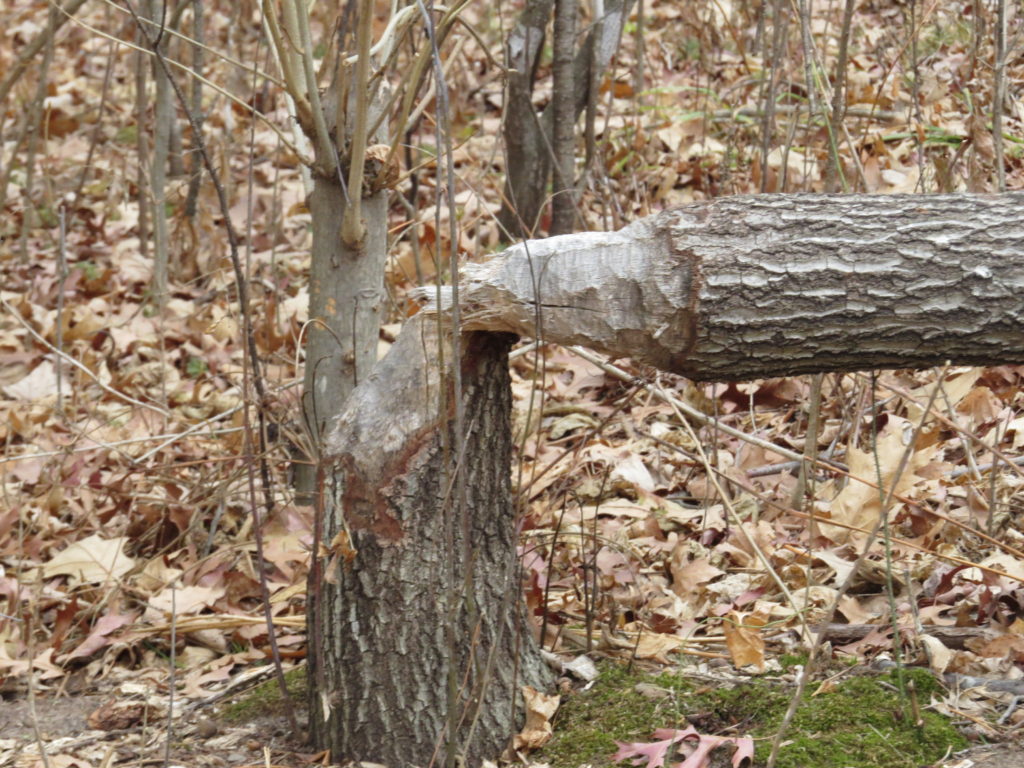
We wondered how a beaver chooses his or her next tree to chew down. Was this one coming back to finish the job? It looks like it had a previous ‘old wound’—maybe some trees just aren’t the right ones.
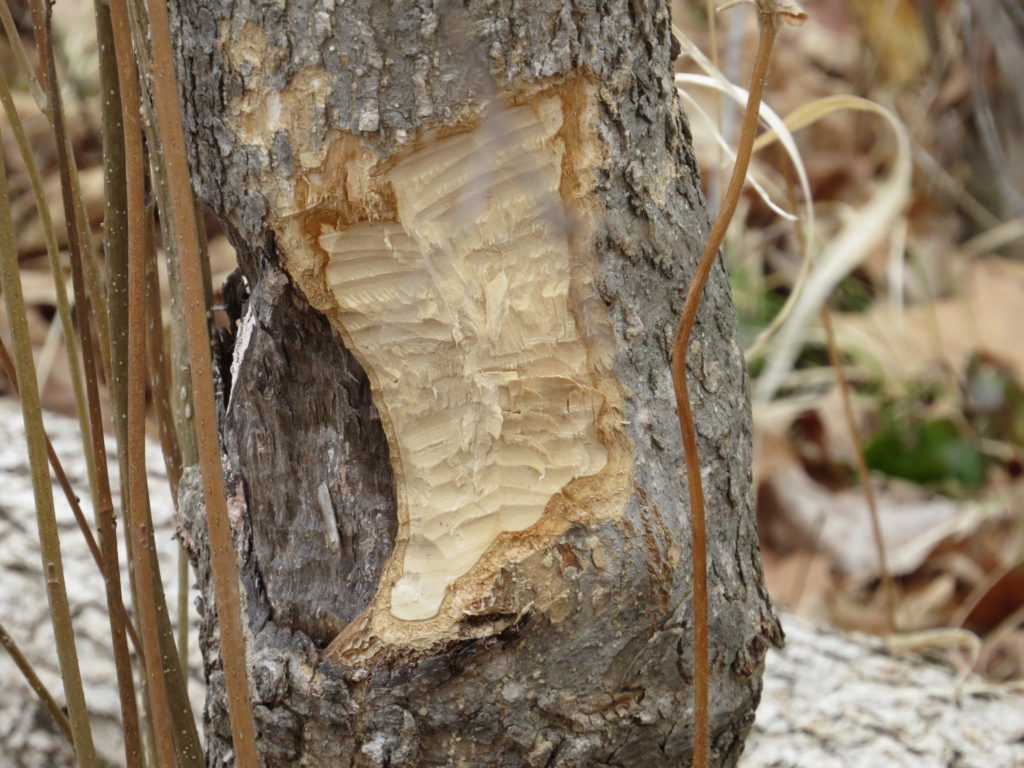
And then we came to a tree right beside the trail—it looked like we had literally just interrupted the busy beaver’s work! We wondered if the whole beaver family works together on the same log. Perhaps they were carrying away the logs they had already chewed off!
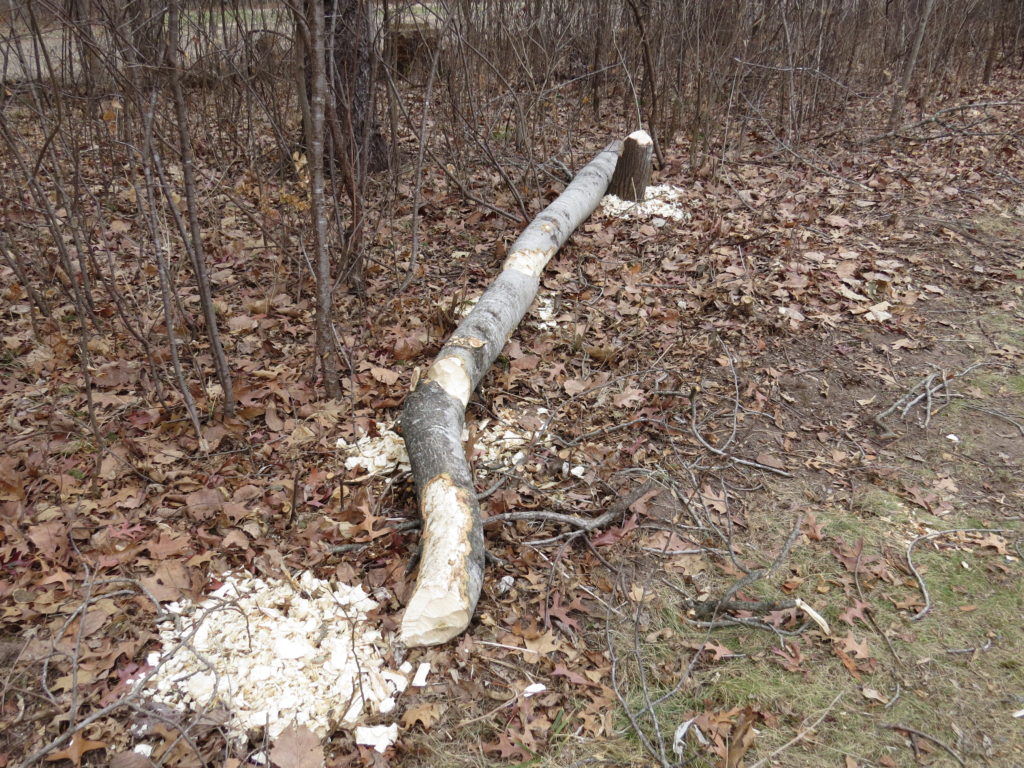
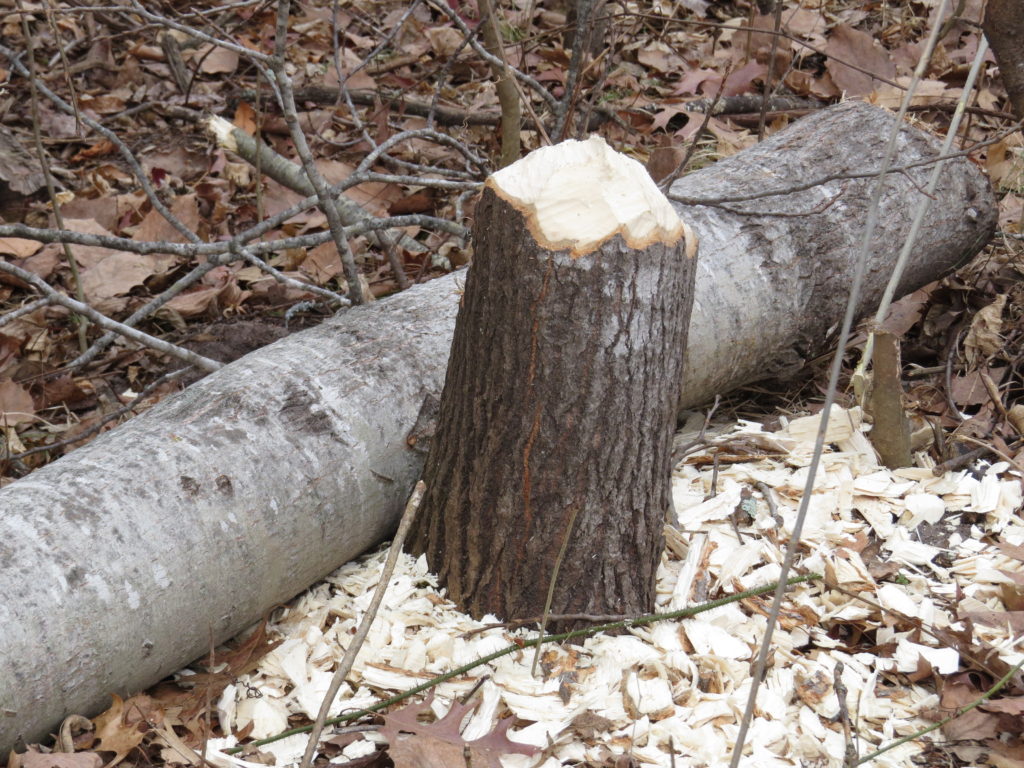
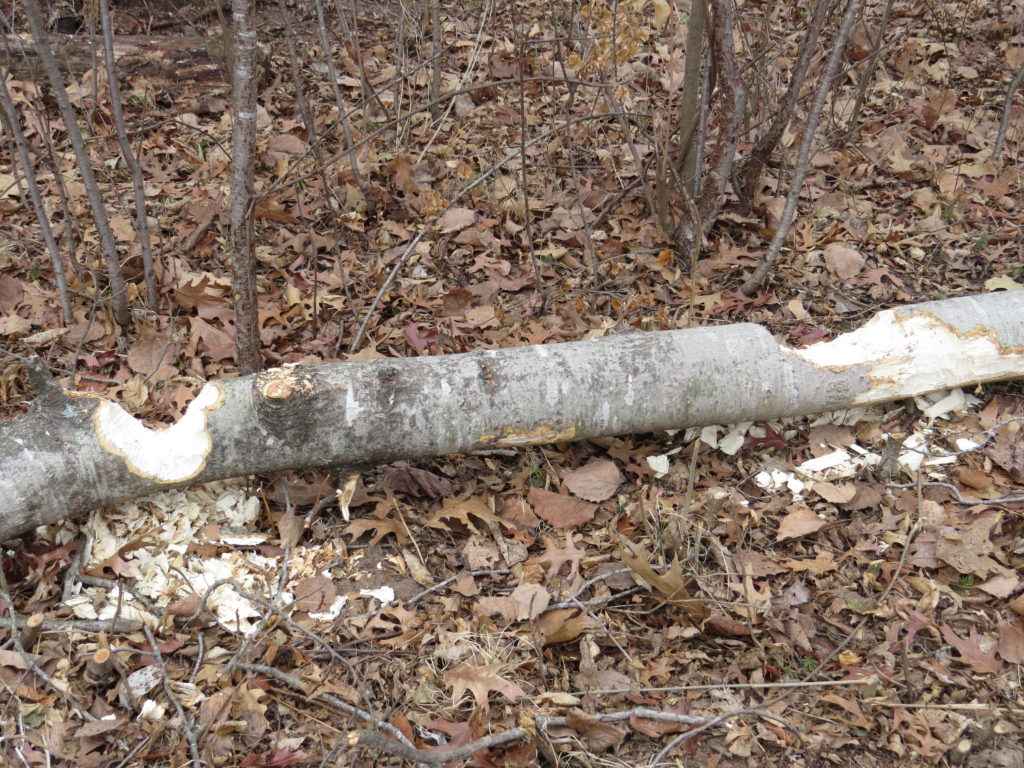
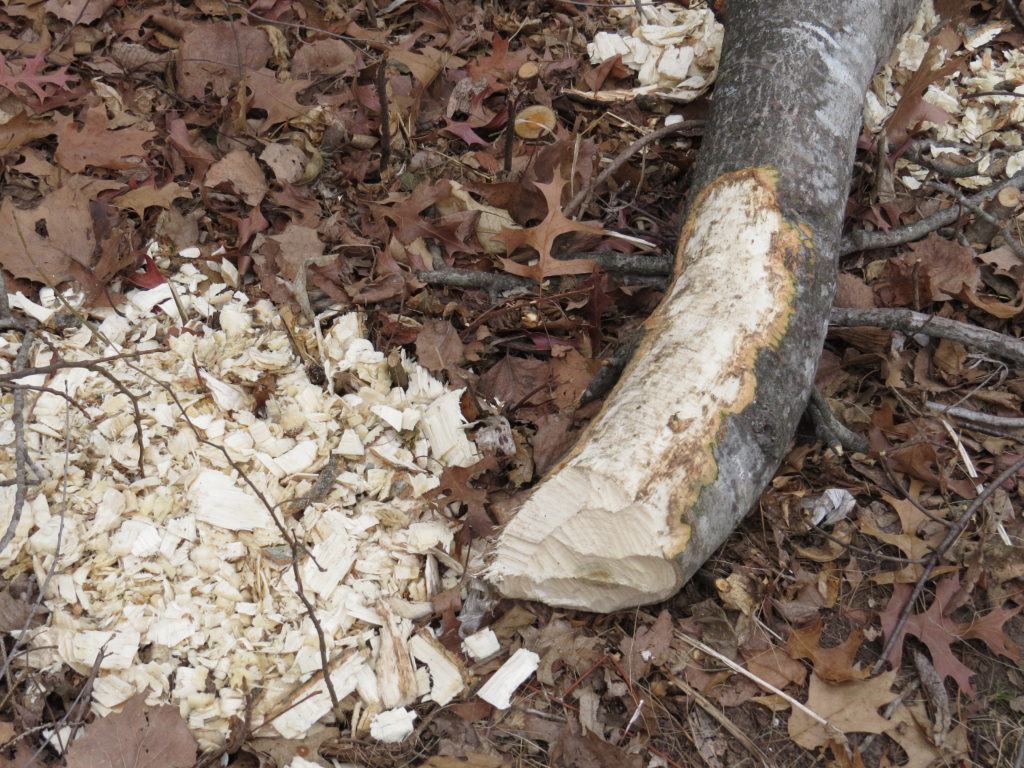
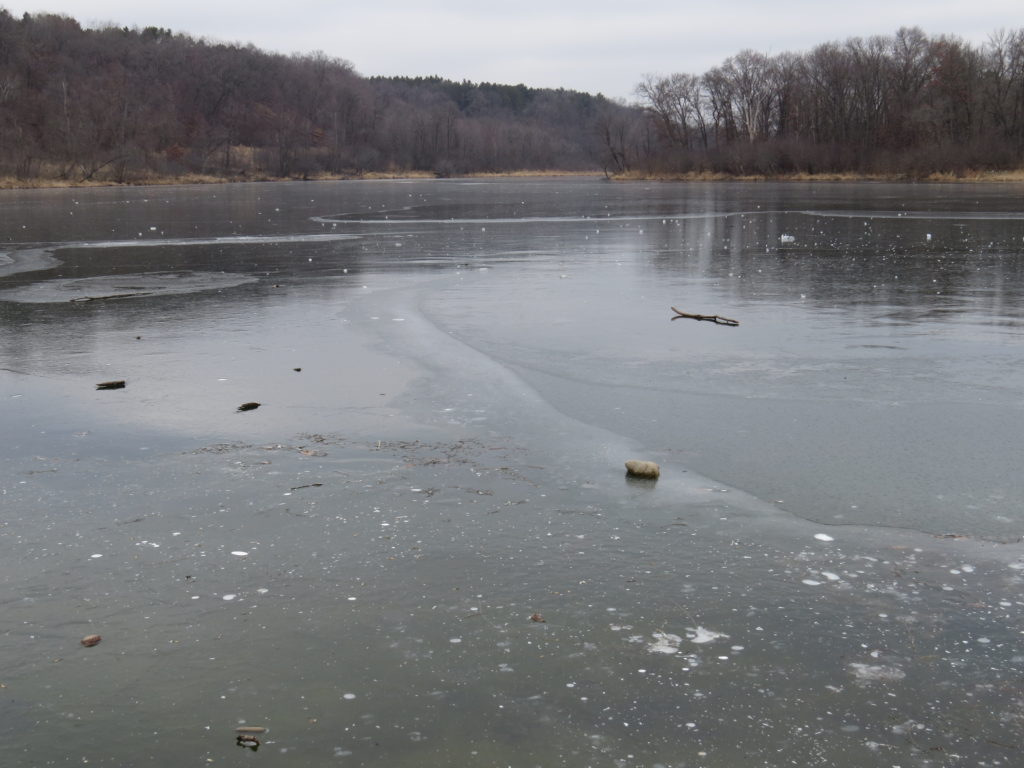
We walked across an earthen dam that separated Lake Alice from a channel to the St. Croix River. There was ‘beaver activity’ all across the dam, even though we didn’t see any lodges.
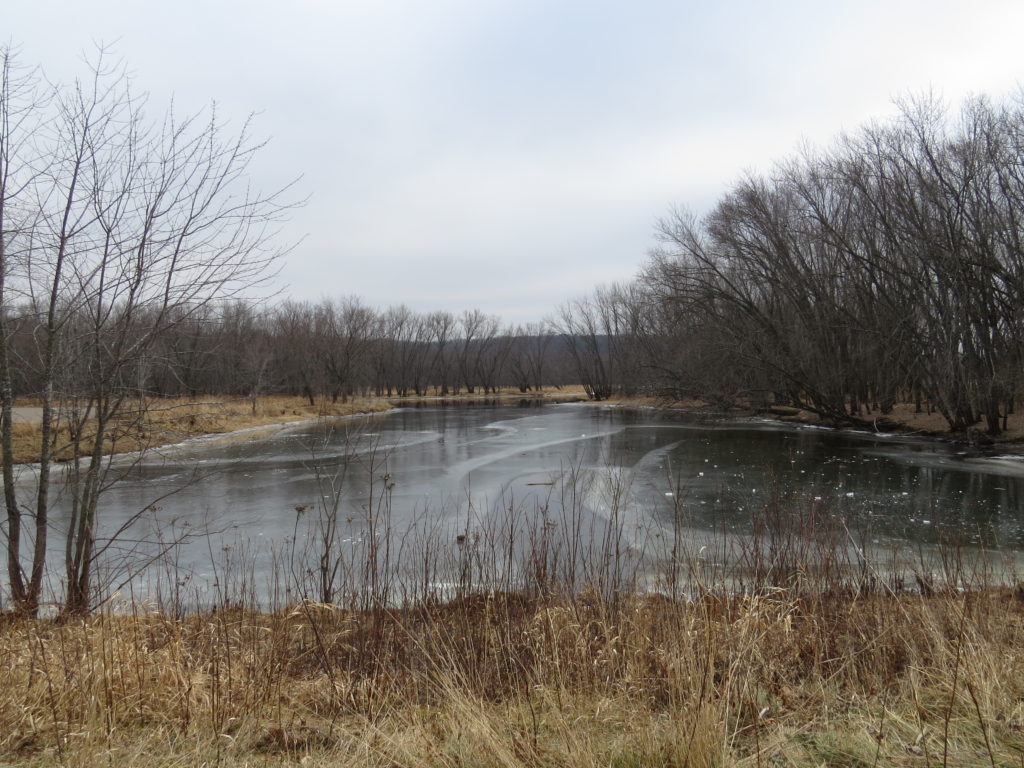
Just across the channel is a large island named Greenberg Island. During Spring snowmelt, the island is often covered with water for a short time. But during the summer, it is a sanctuary for many birds and mammals, including beavers, and for unique floodplain plants.
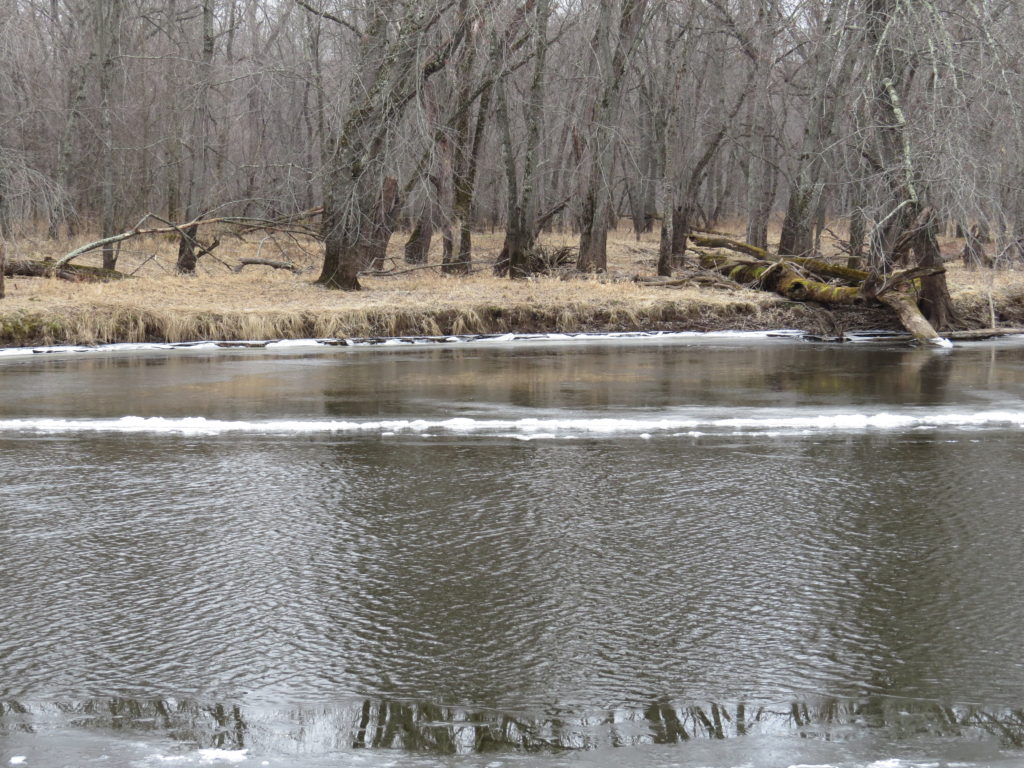
Our homes tour continued as we walked the Riverside Trail. Little hobbit houses were built into living trees and into those that had fallen down. Even though it was a transparent time of the year, the burrows were covered enough or deep enough that the occupant had plenty of shelter, a refuge from the coming Winter weather.
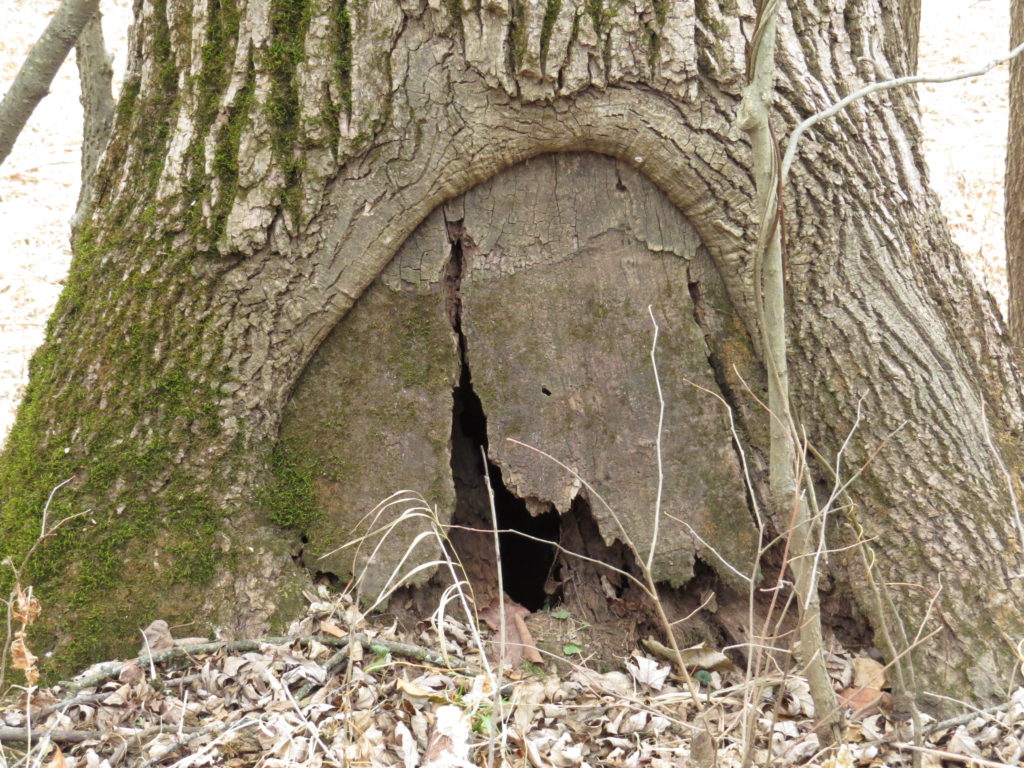
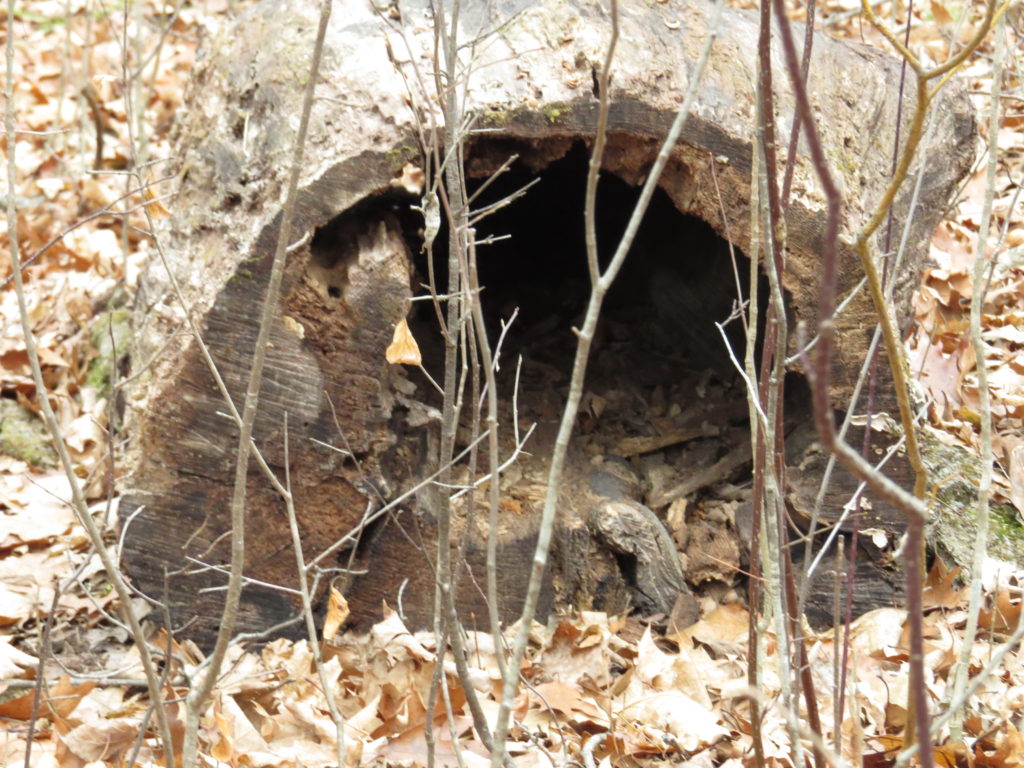
I like these twin curved logs that span the little creek. Old beaver marks may indicate the identity of the bridge builder.
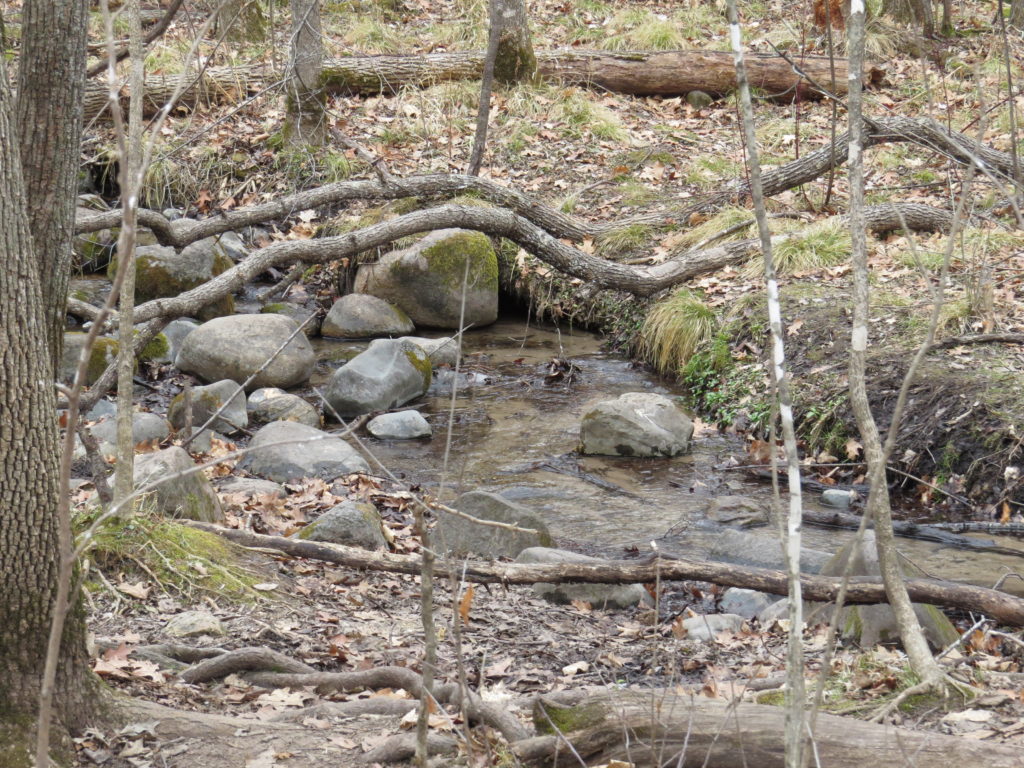
A couple of havens were prize winners for ‘most artistic doorway,’ both of which named Mother Nature as their architect.
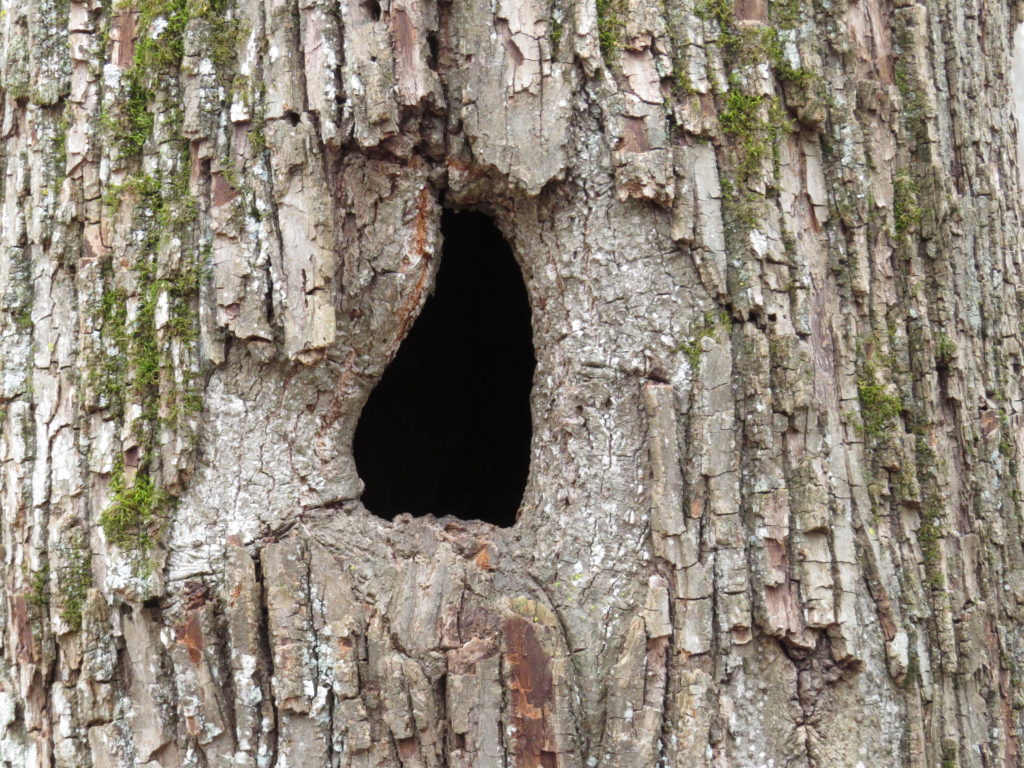
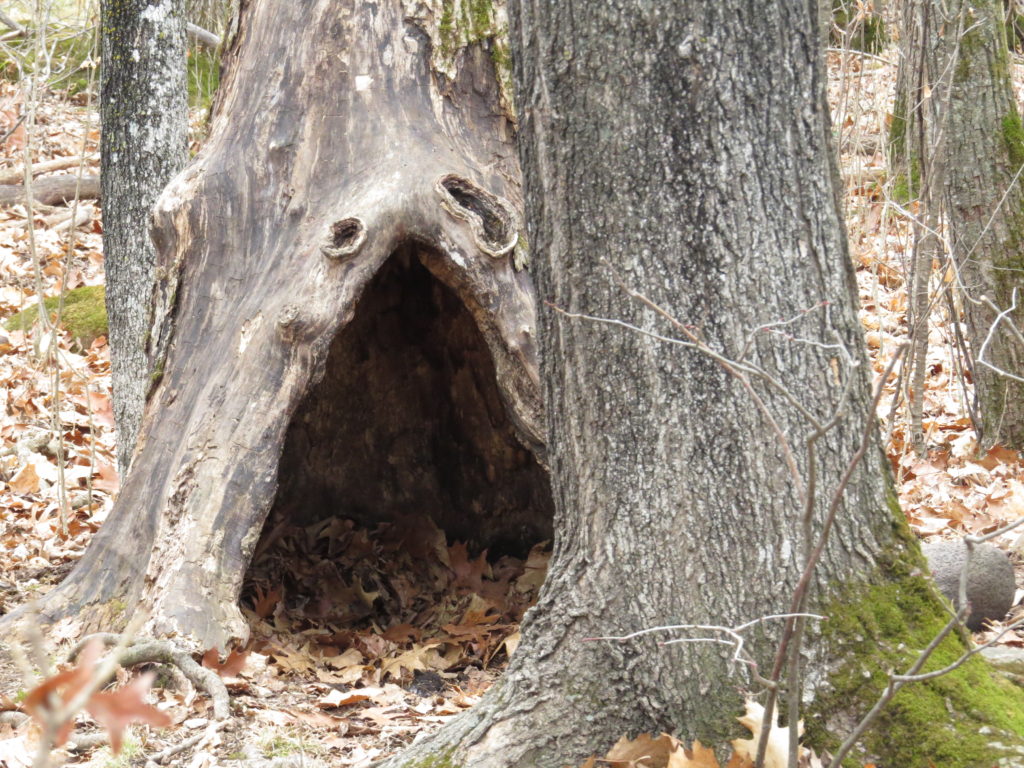
From the rabbits’ purple palace to the home-builder beavers to all the other creatures living in their Winter homes, Nature shows us the importance of having a shelter that is a safe harbor from harsh weather and predators. As for us human creatures, home is where we are.* Home is where we have been for months now. How does your home measure up? Is it a sanctuary of safety? Is it a port in a storm? Is it a haven of love and learning? Is it a sanctum of sacred time and practices? Is it a retreat for adventure and renewal? During this transparent time, when the landscape is stark and bare, we can see things in ways we have not been able to see before. And more importantly, we can act, but the question is are we beaver builders of dams that obstruct and impede the natural flow and goodness of our surroundings or are we bridge builders?
*I am very cognizant of the fact that many, many people do not even have a home, let alone the opportunity to shape it into a sanctuary. Much of the reason for that tragedy has been a history of dam-building. It is an example of where and why we need an army of bridge builders to traverse the muck and bring solutions to people who are in need.
